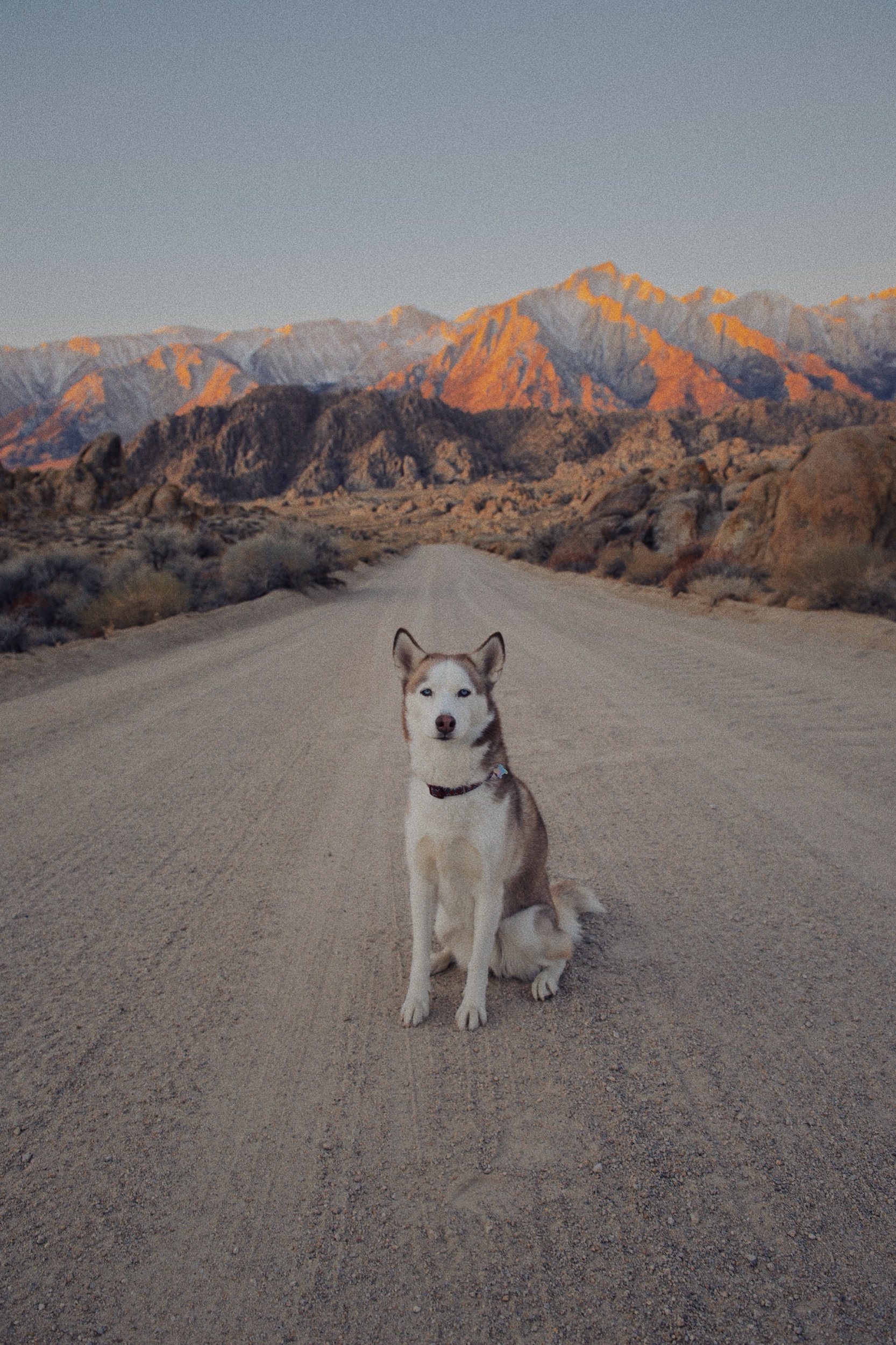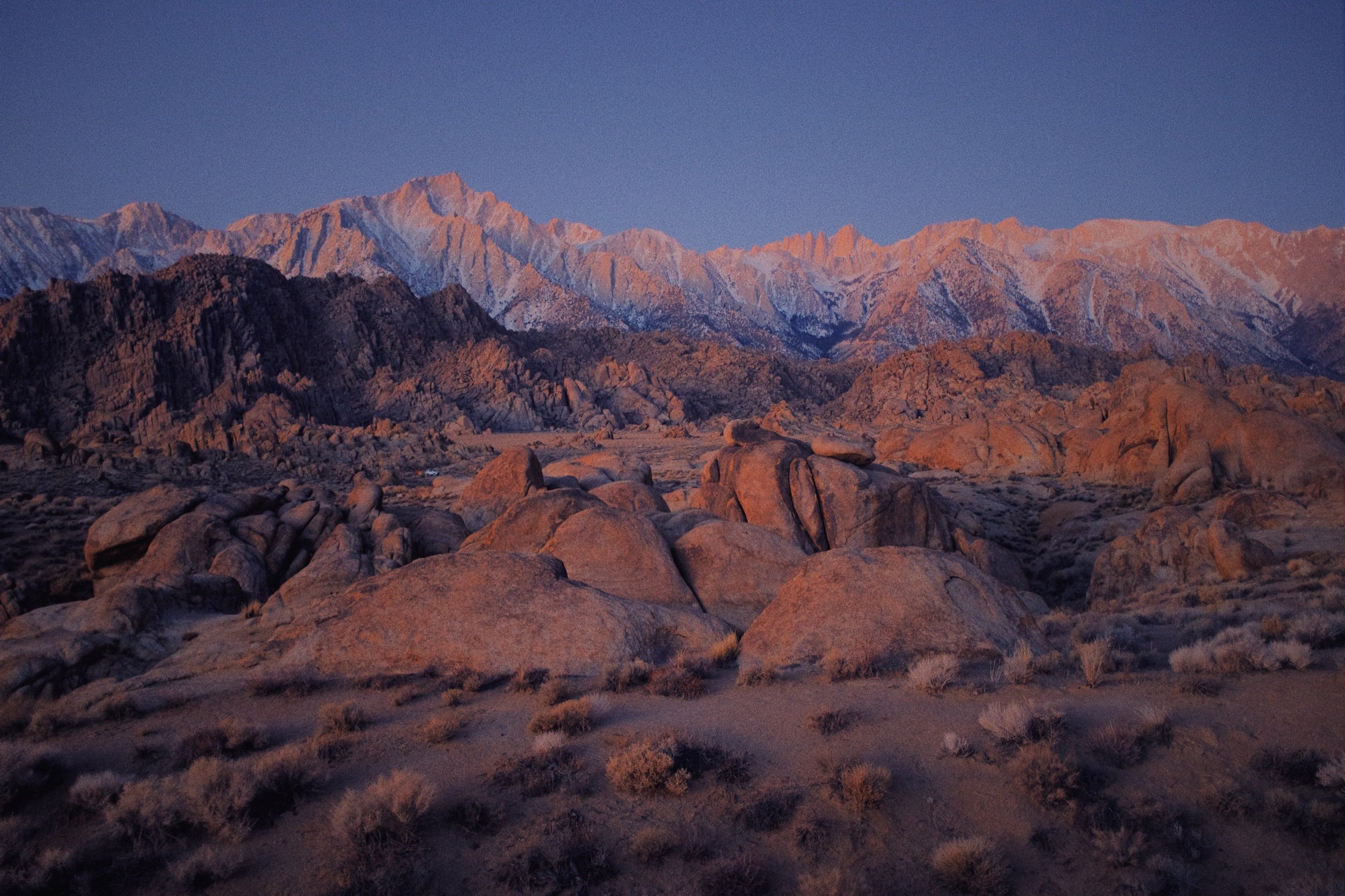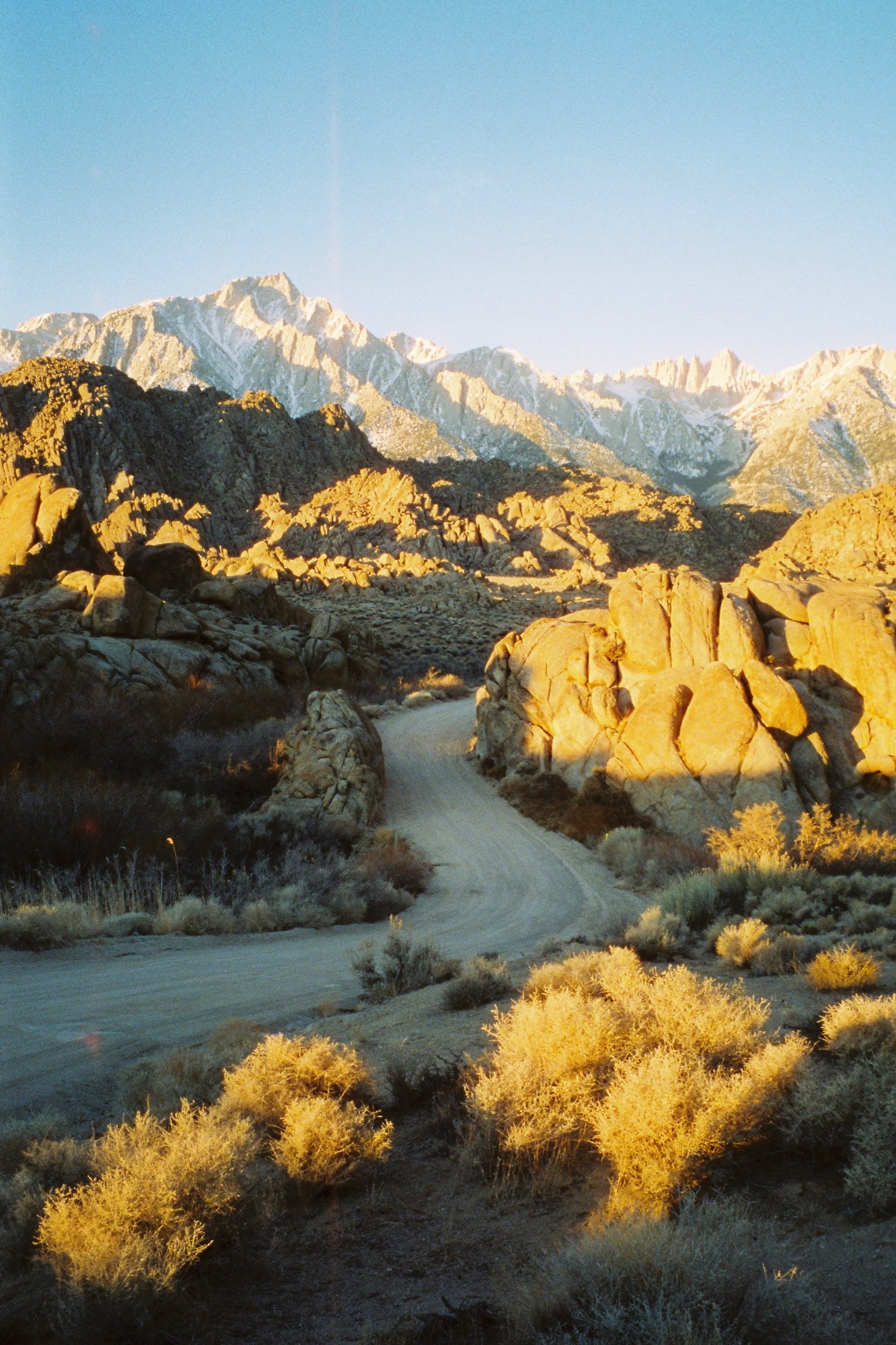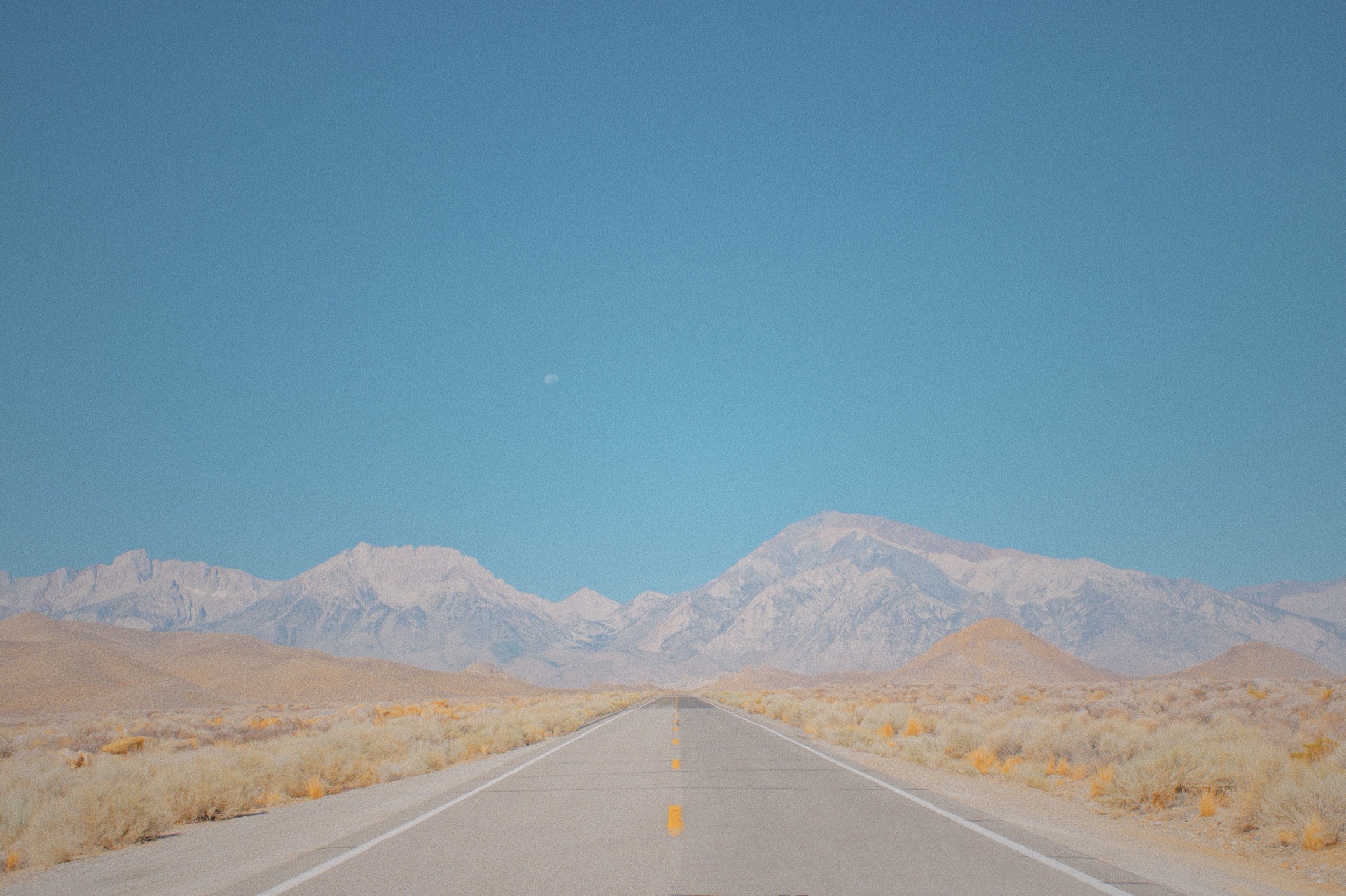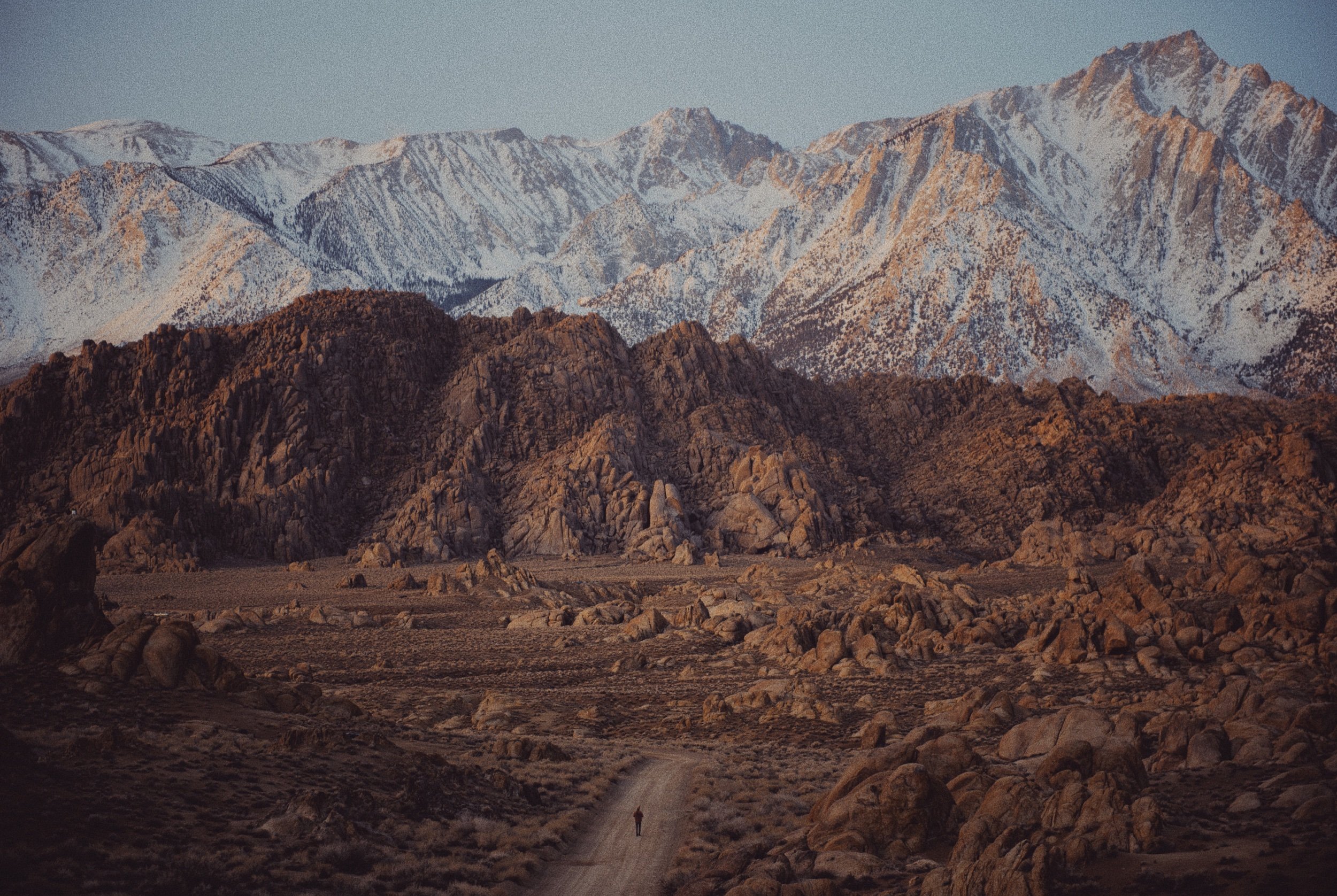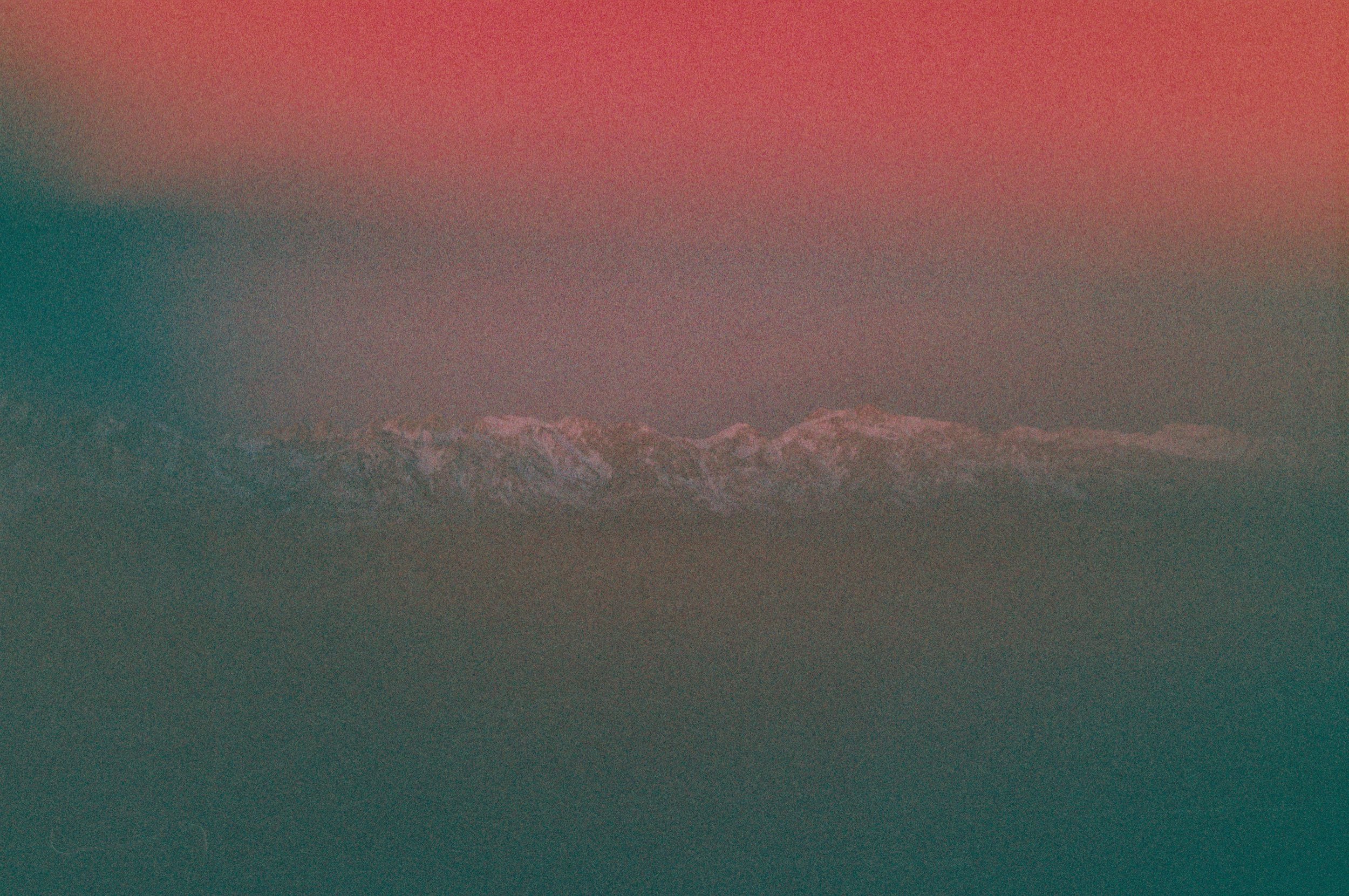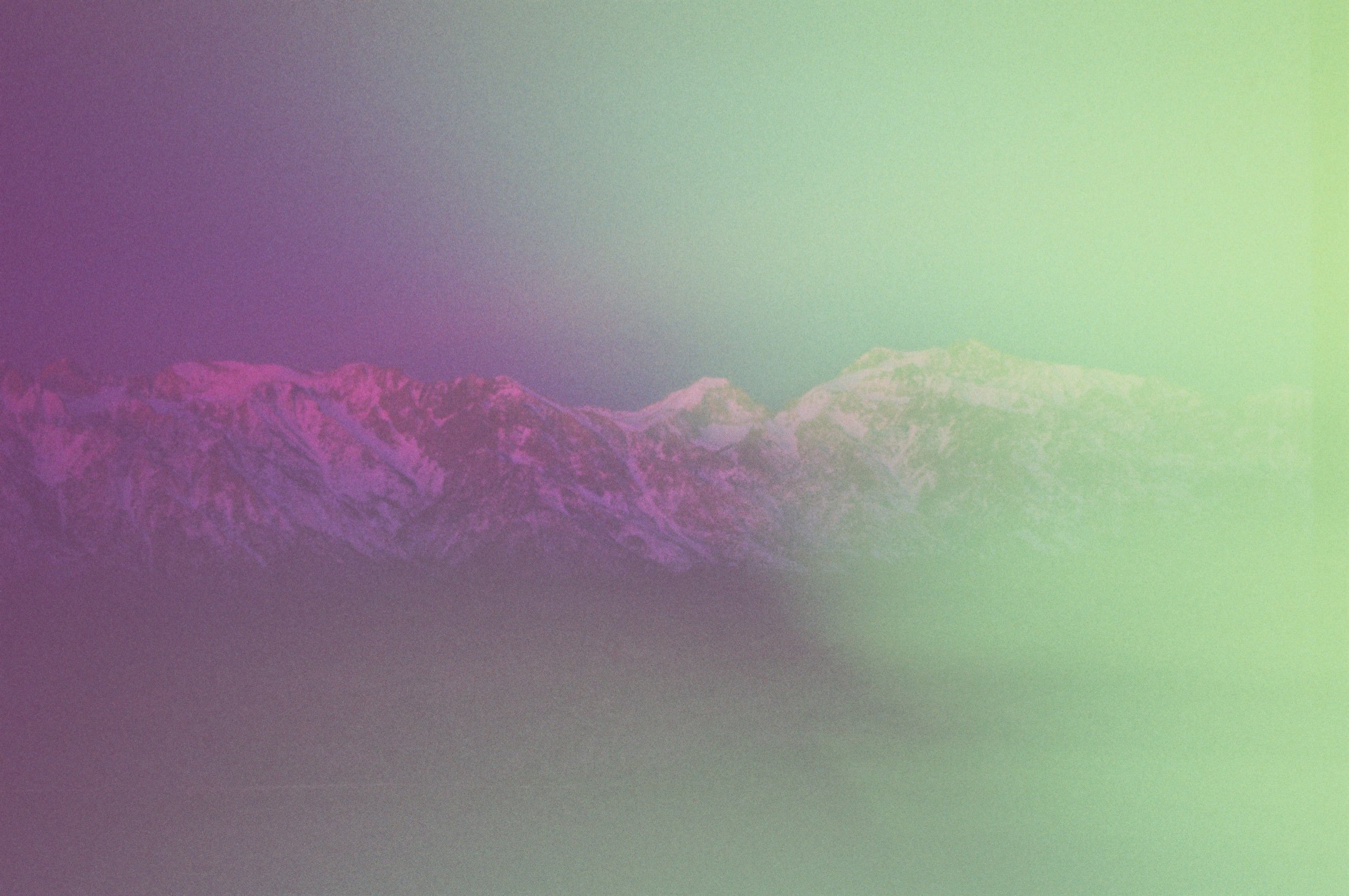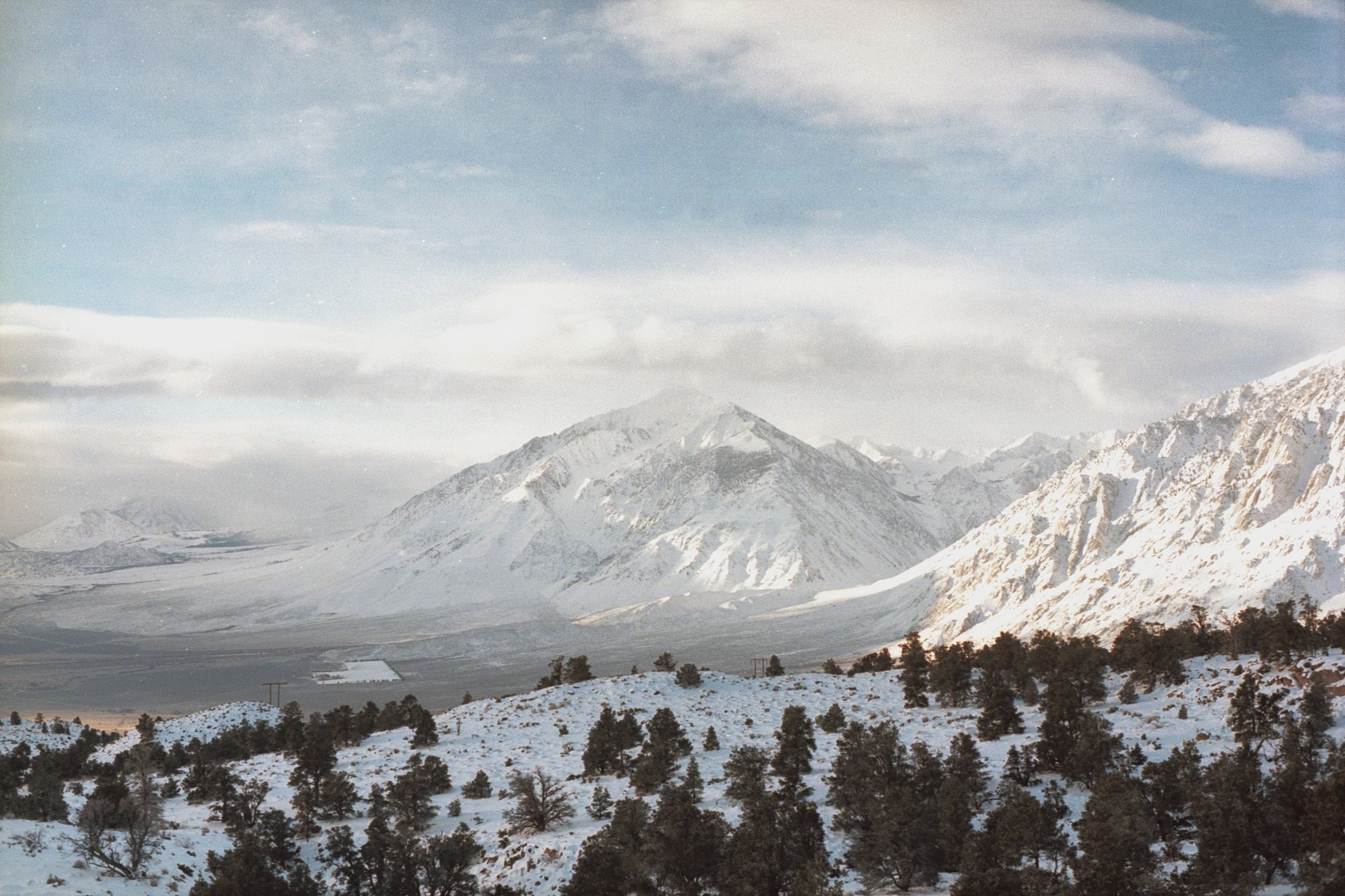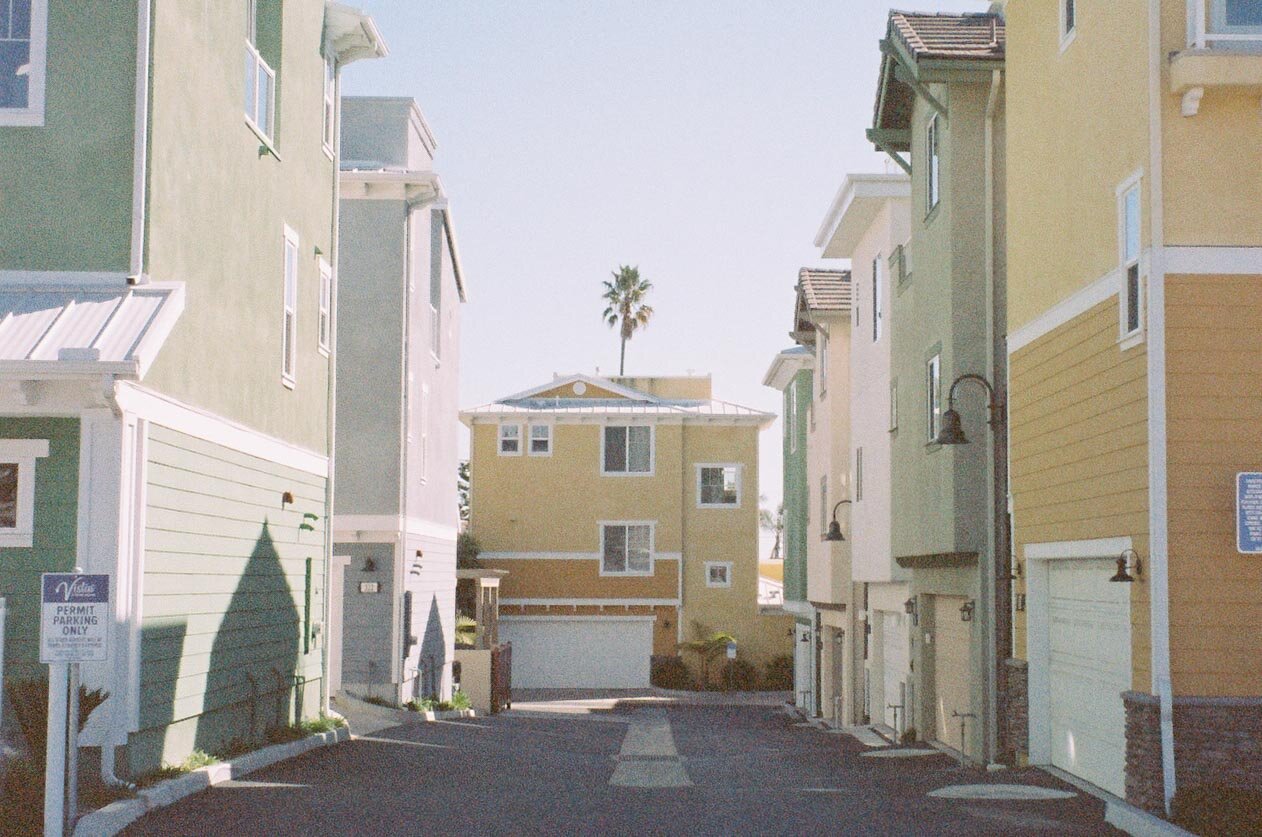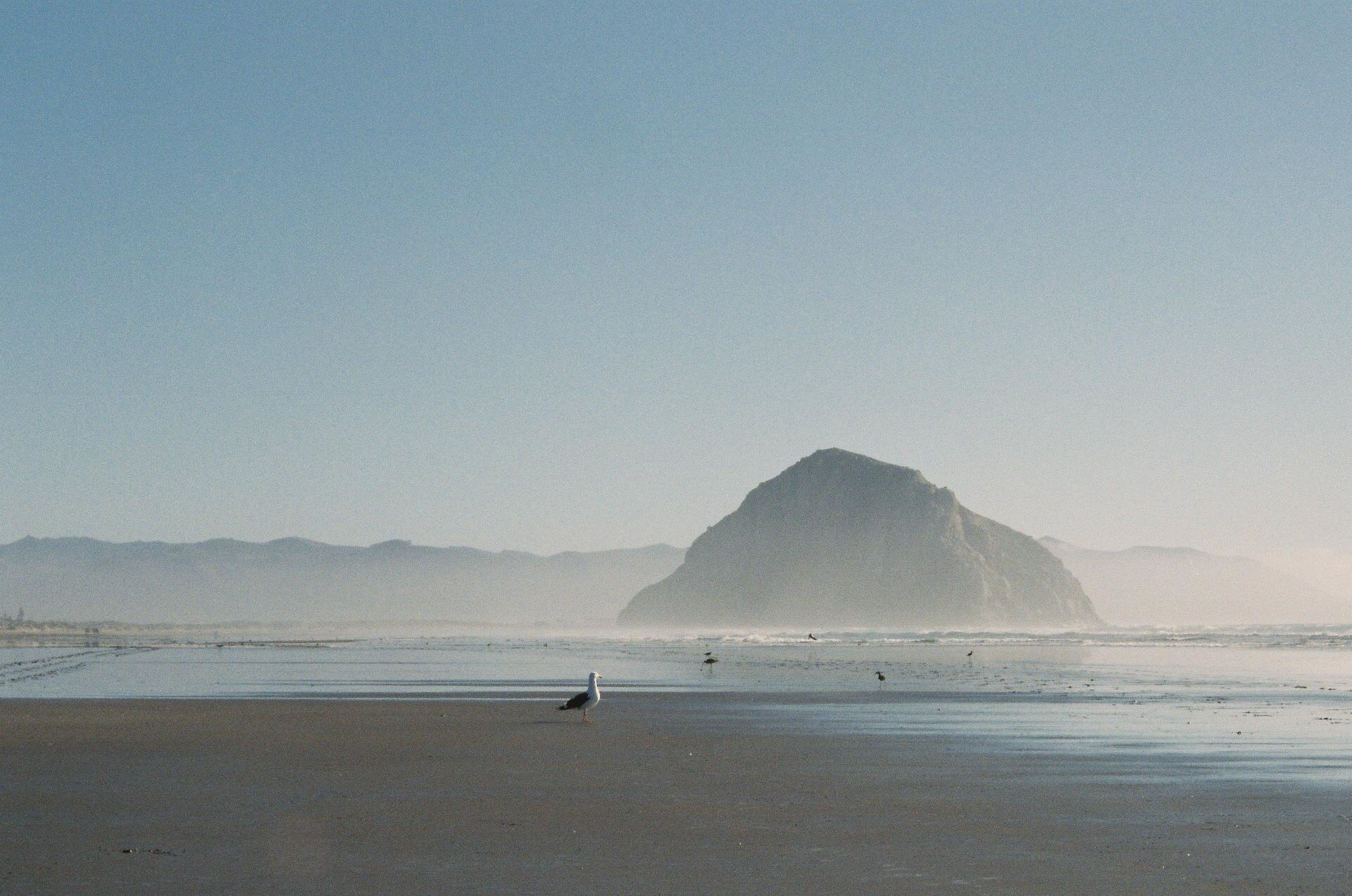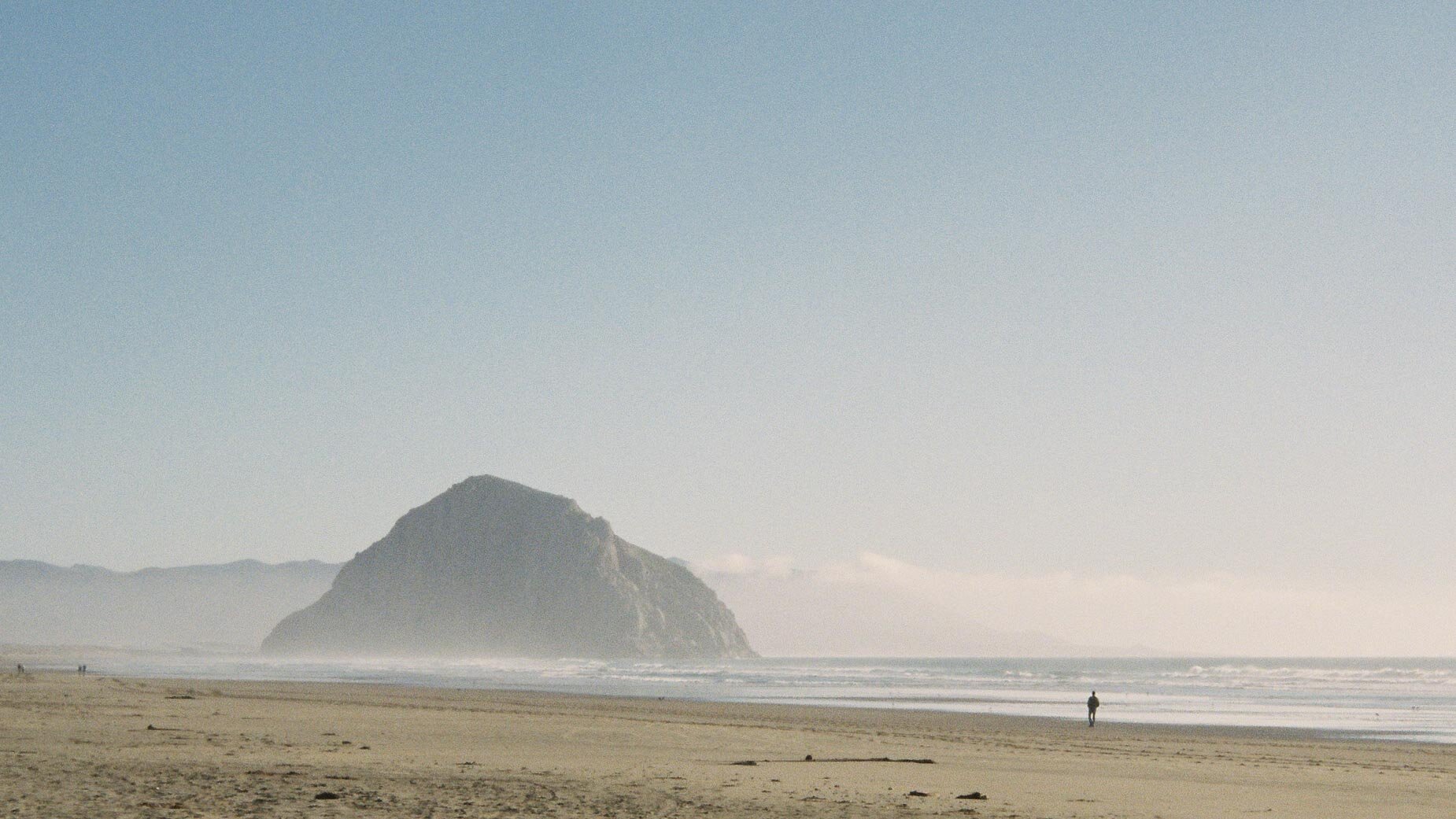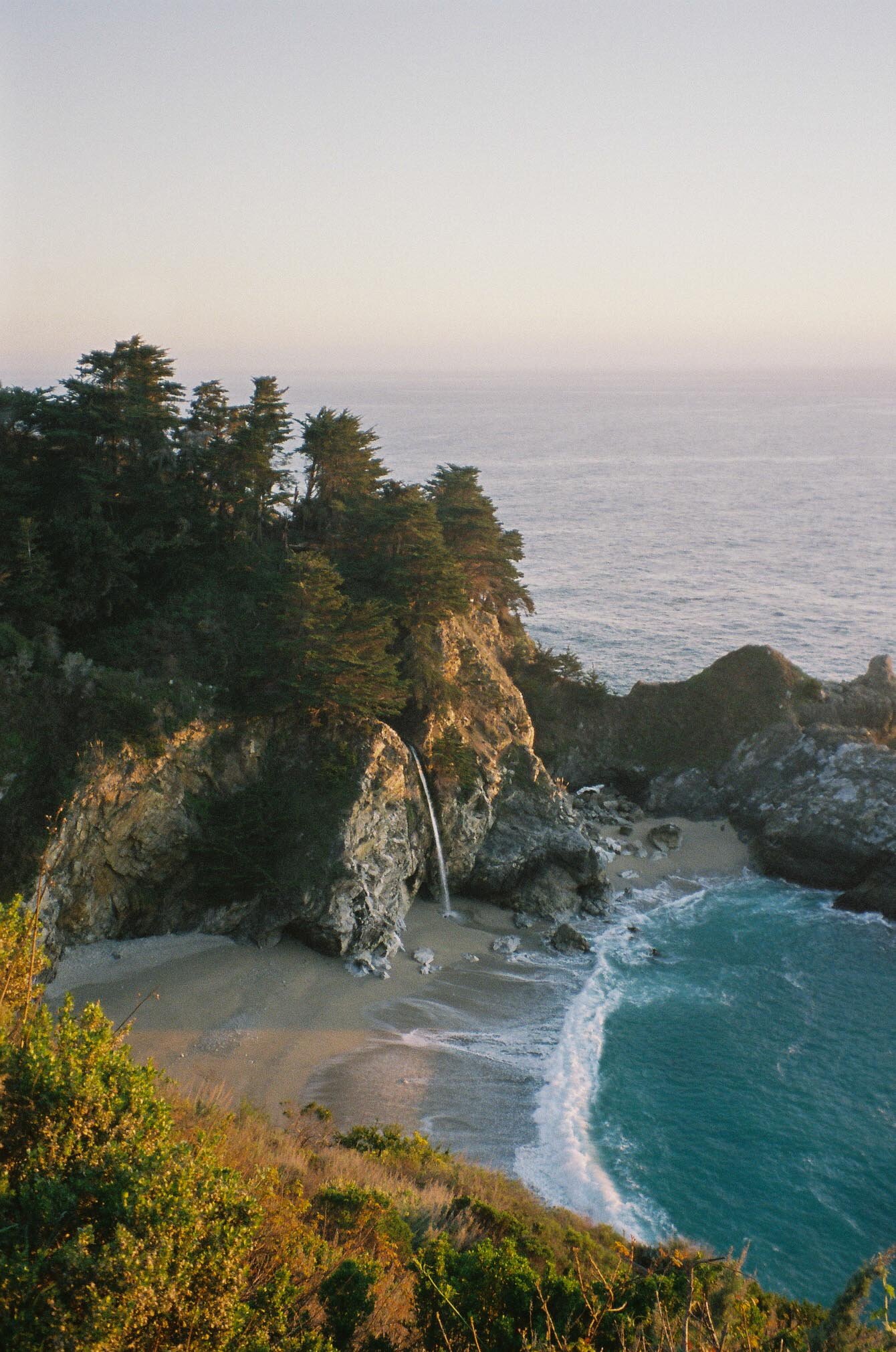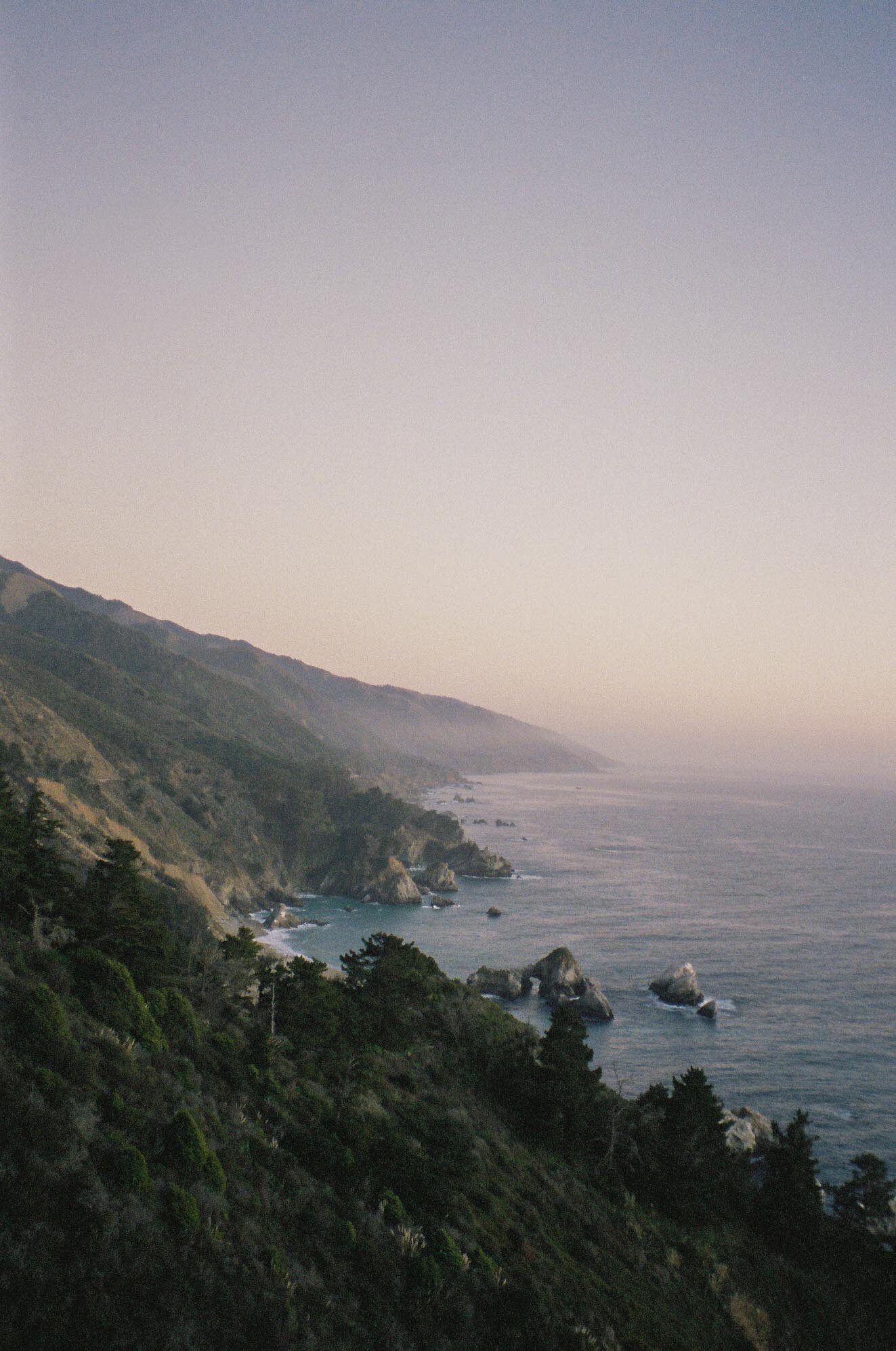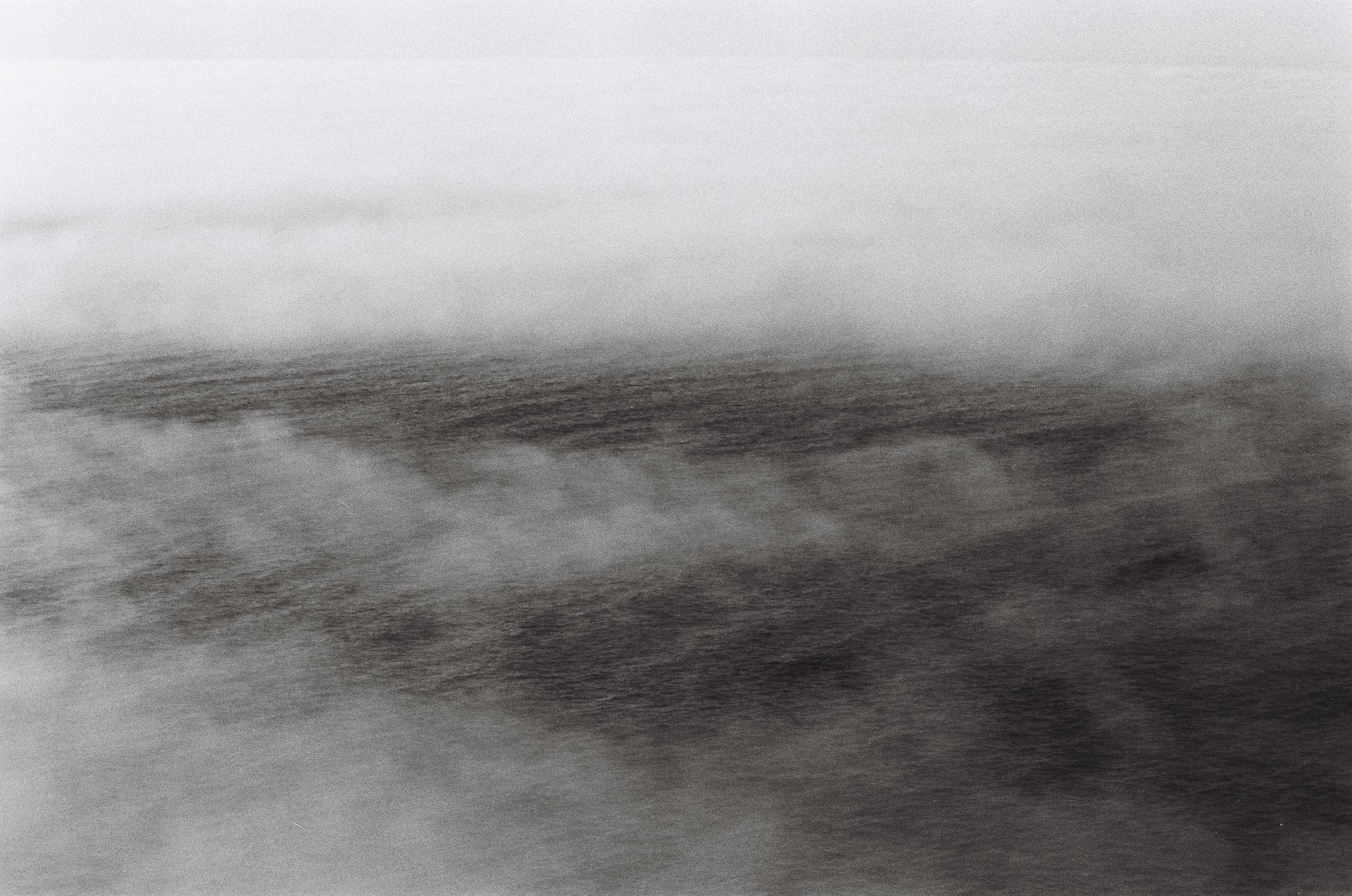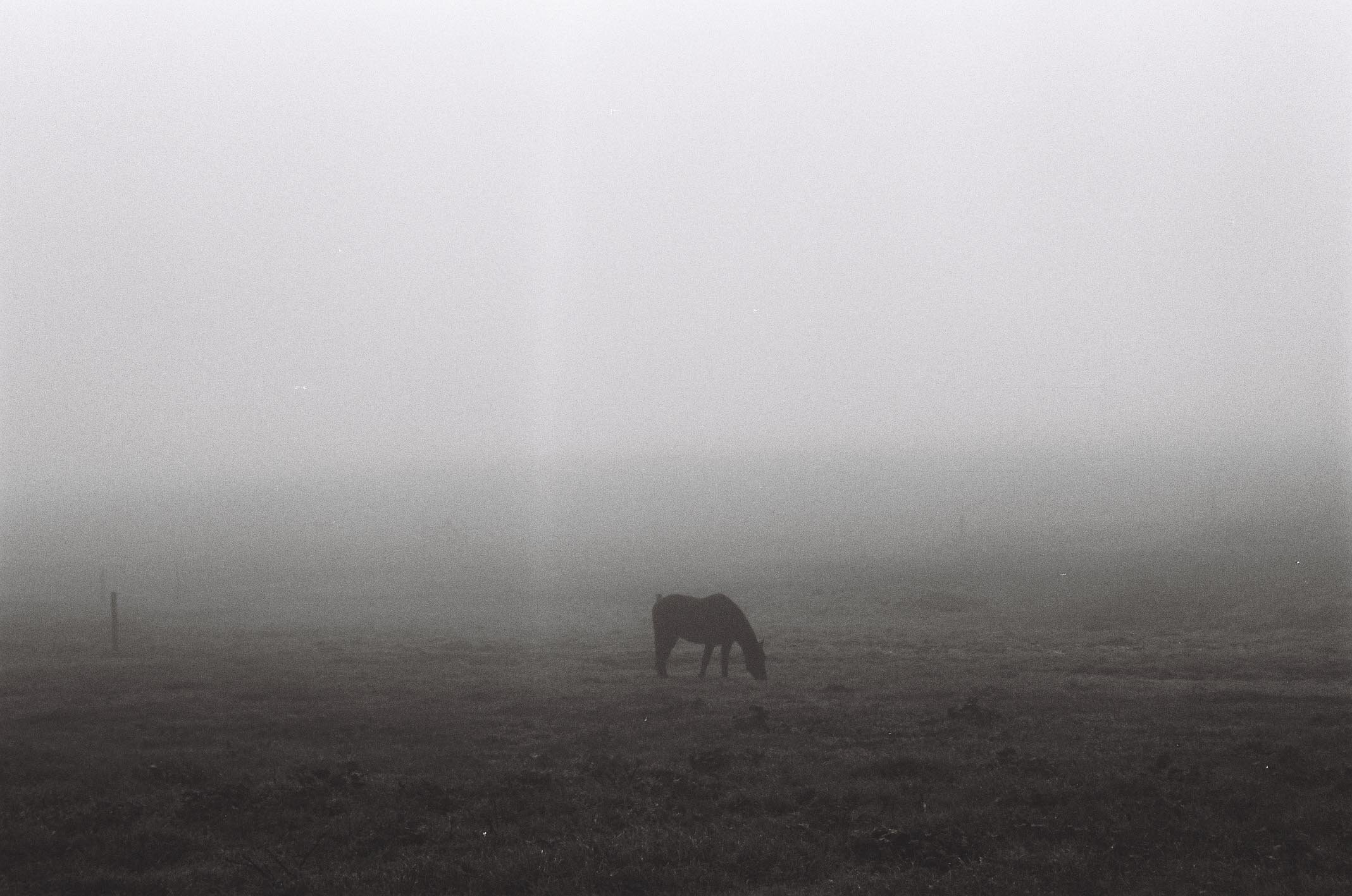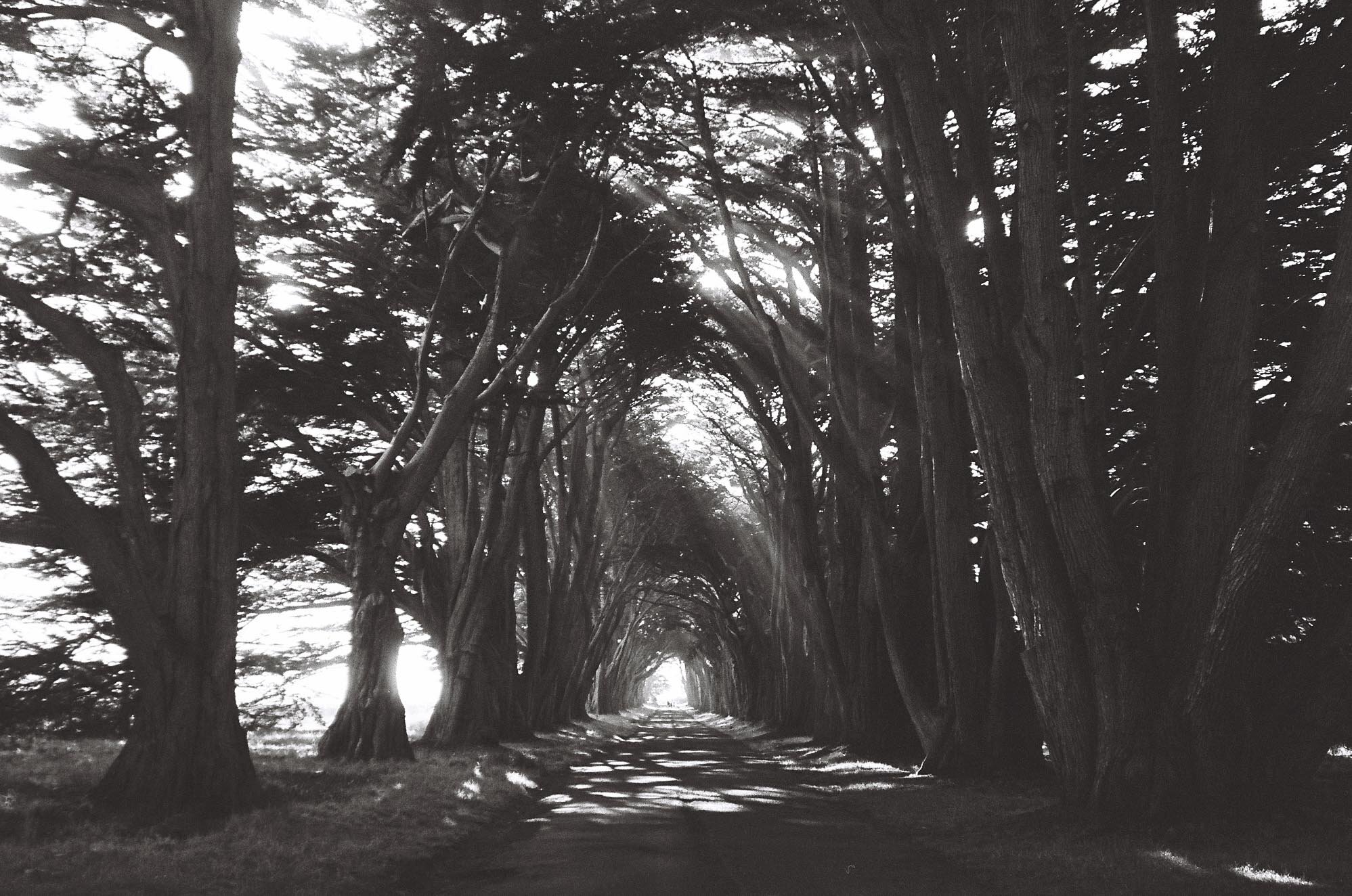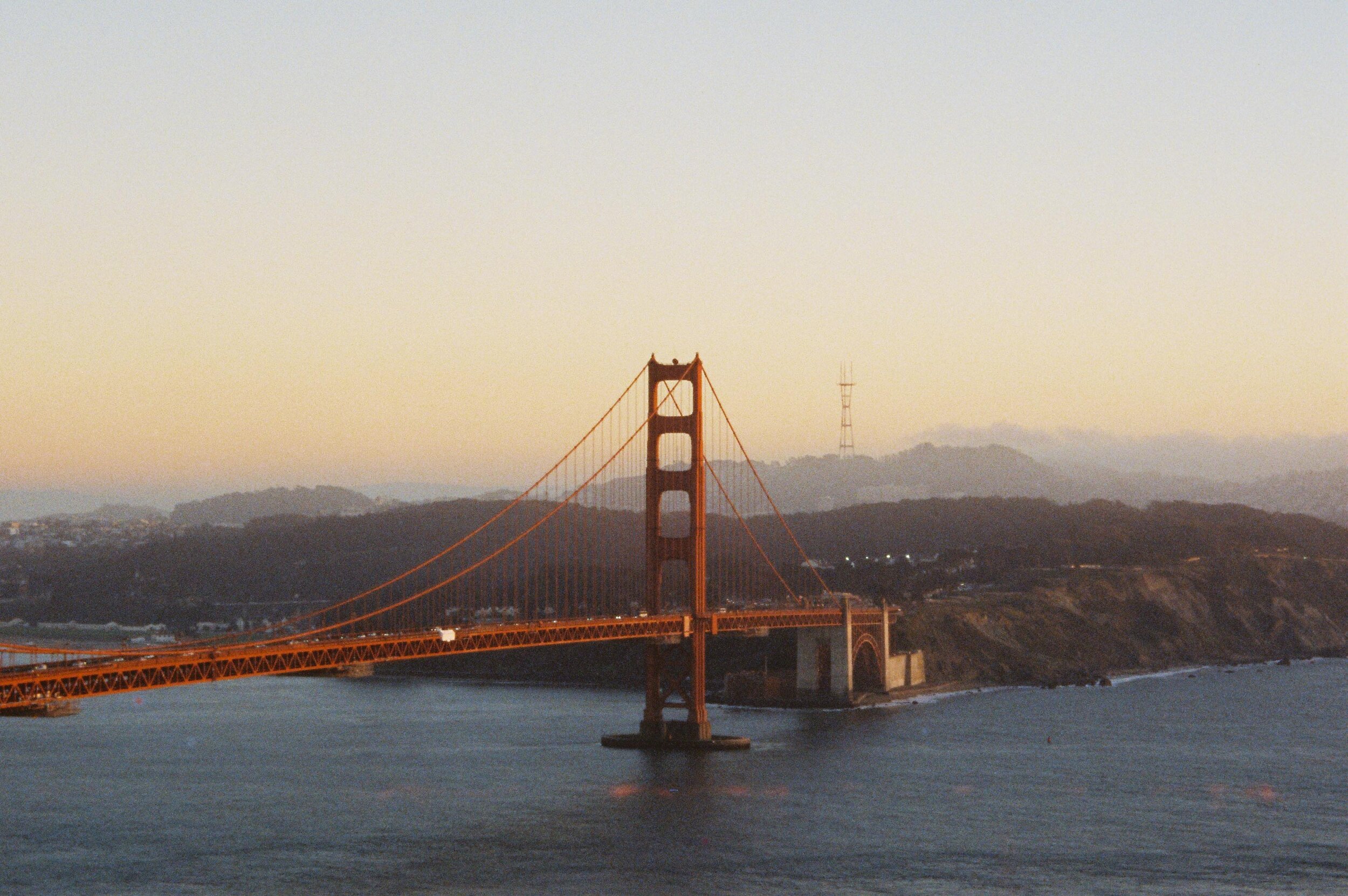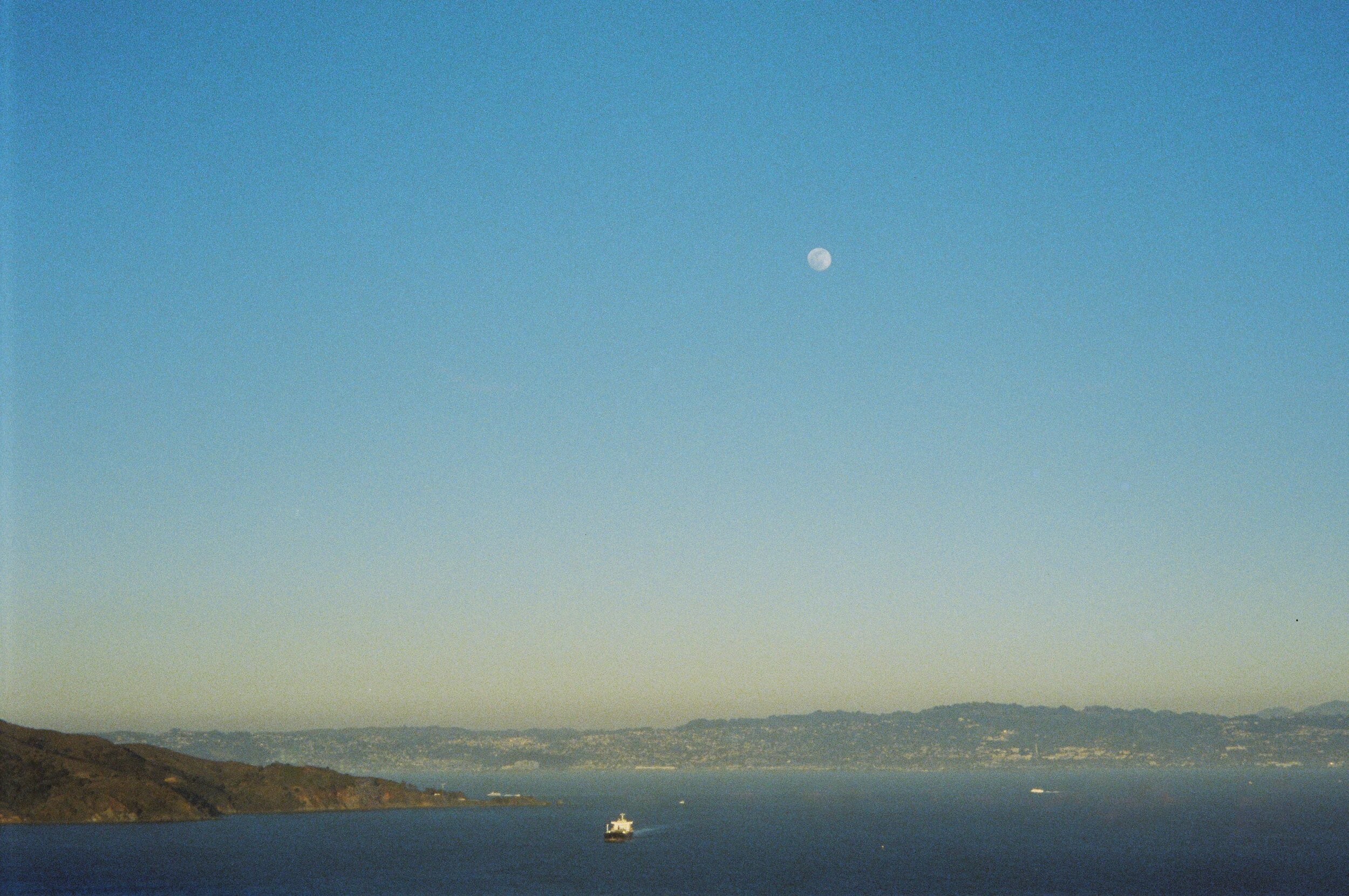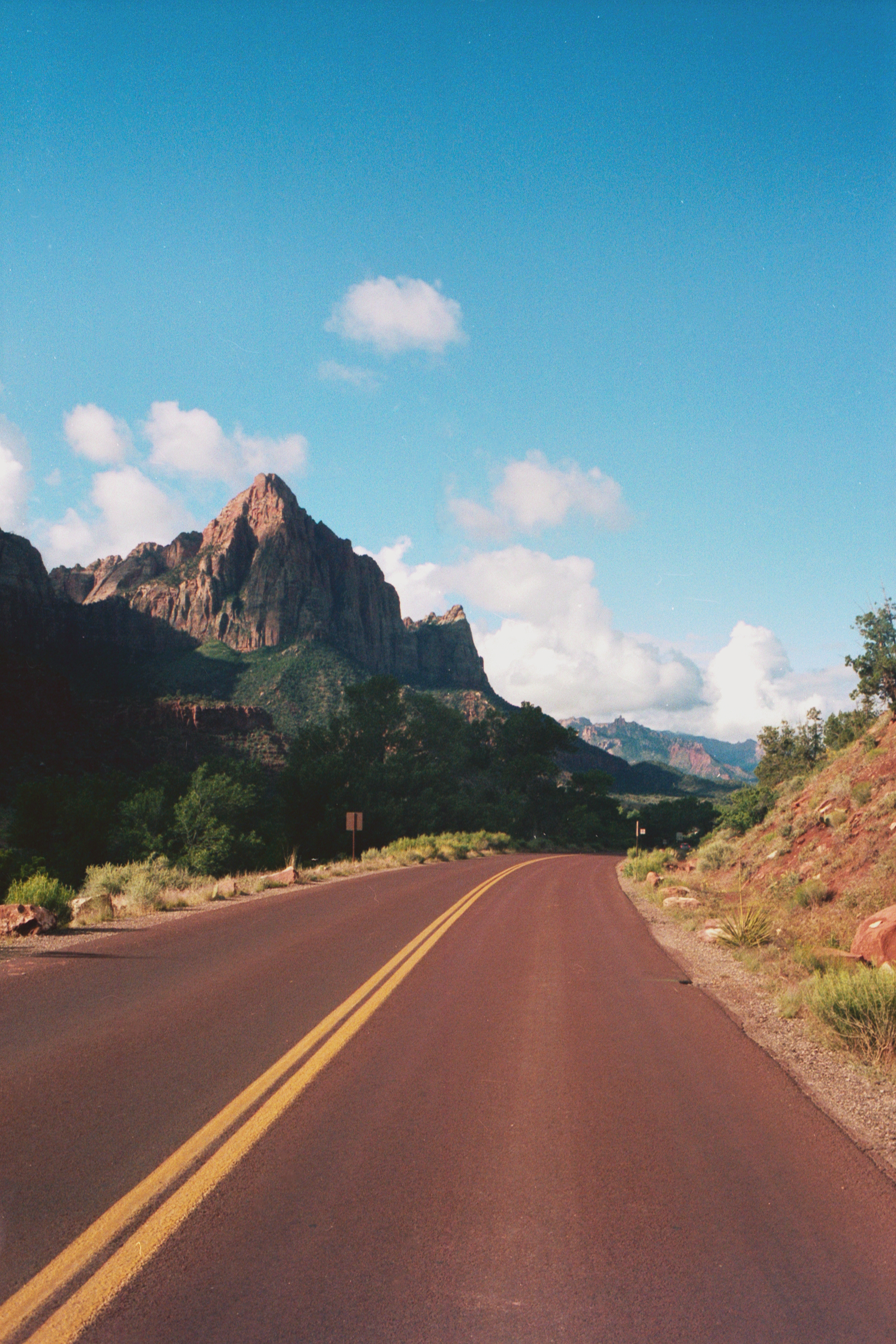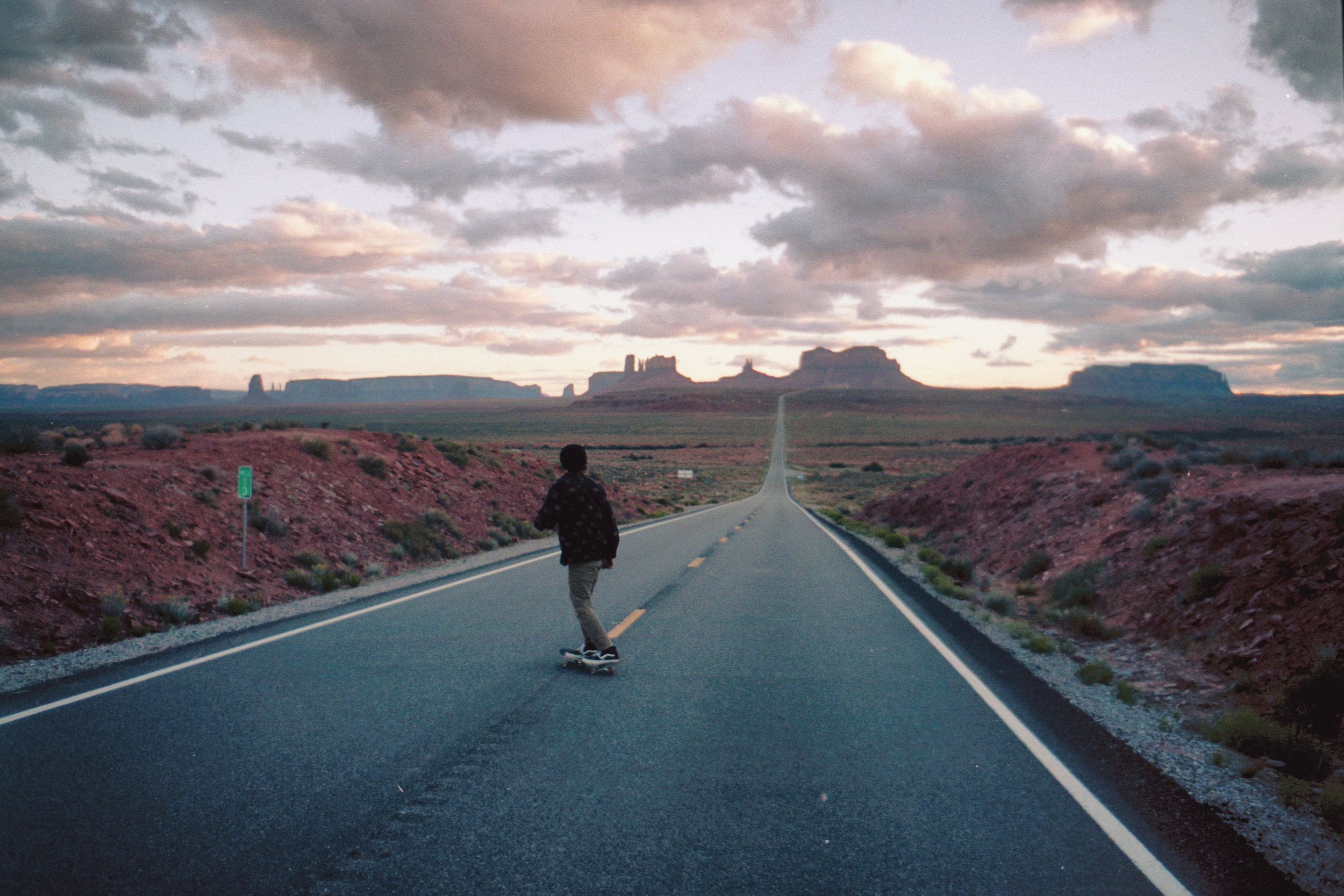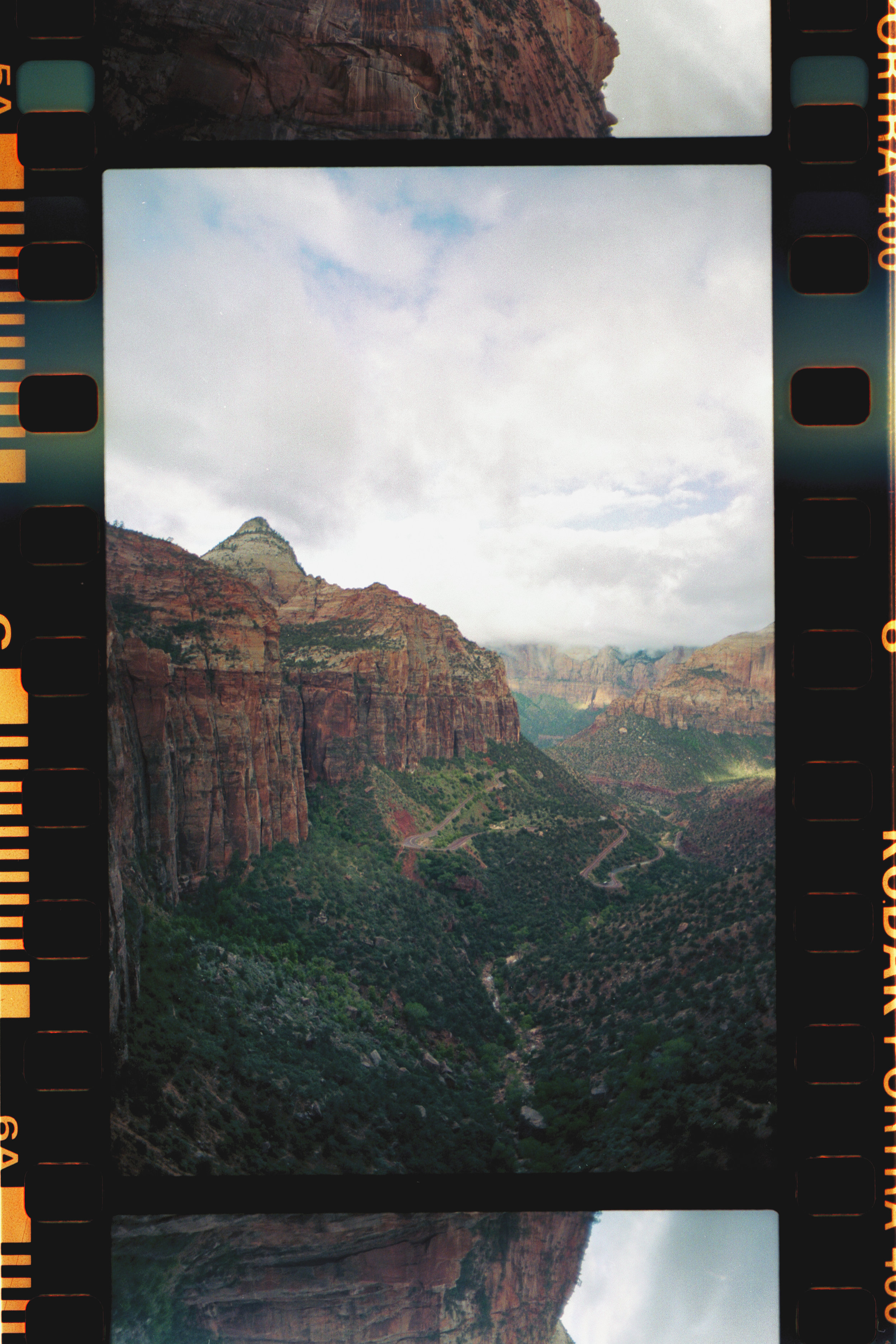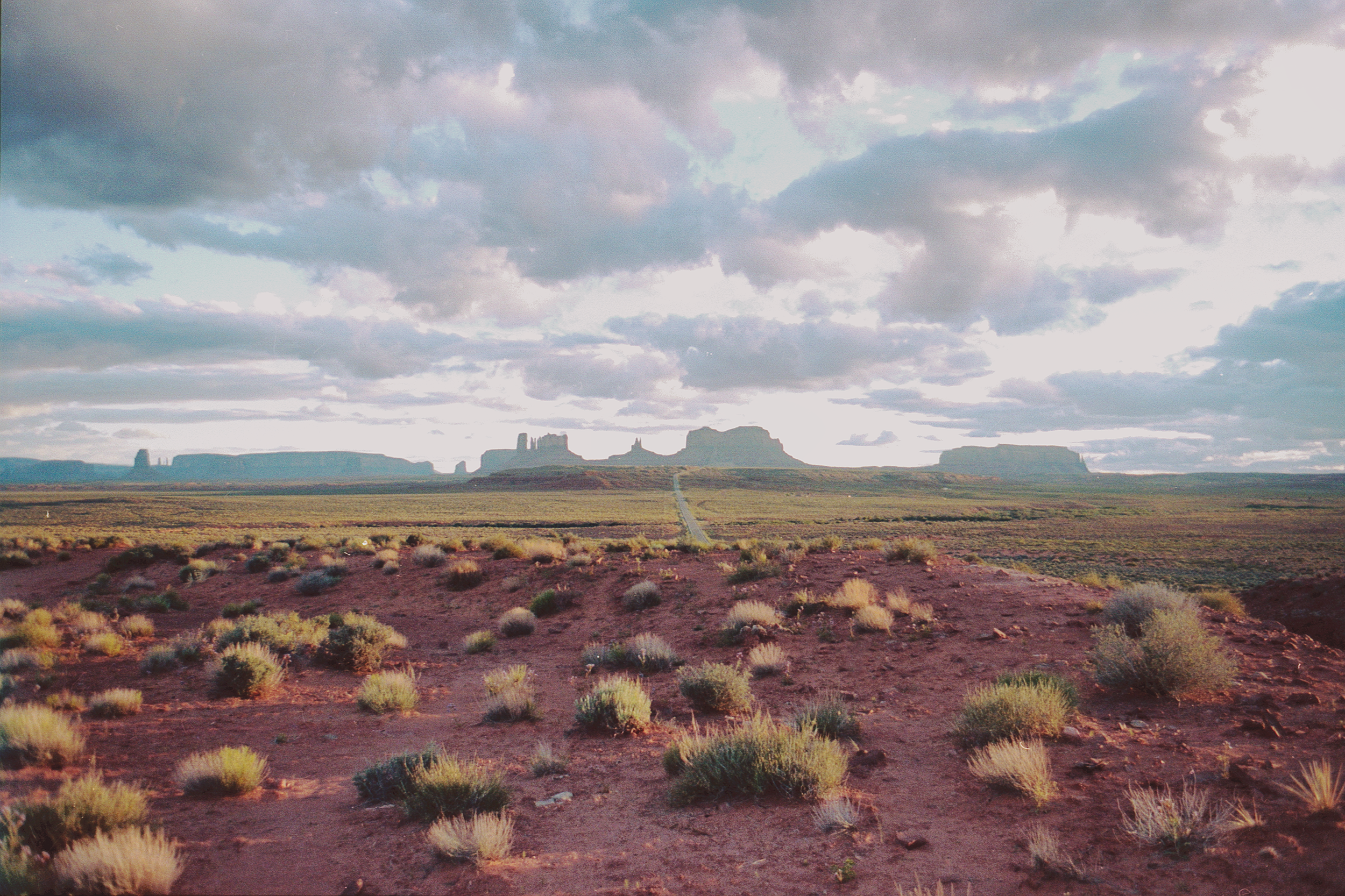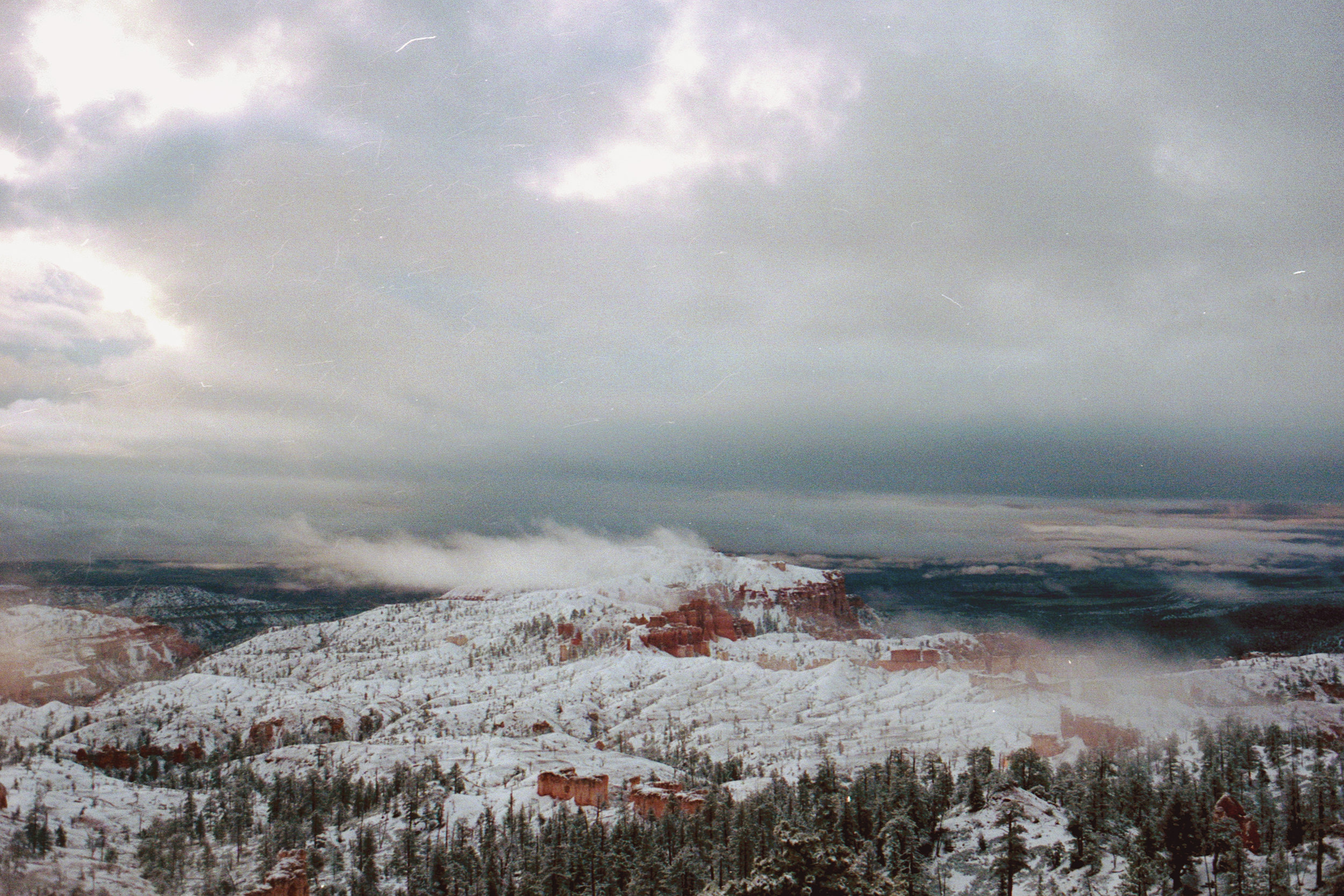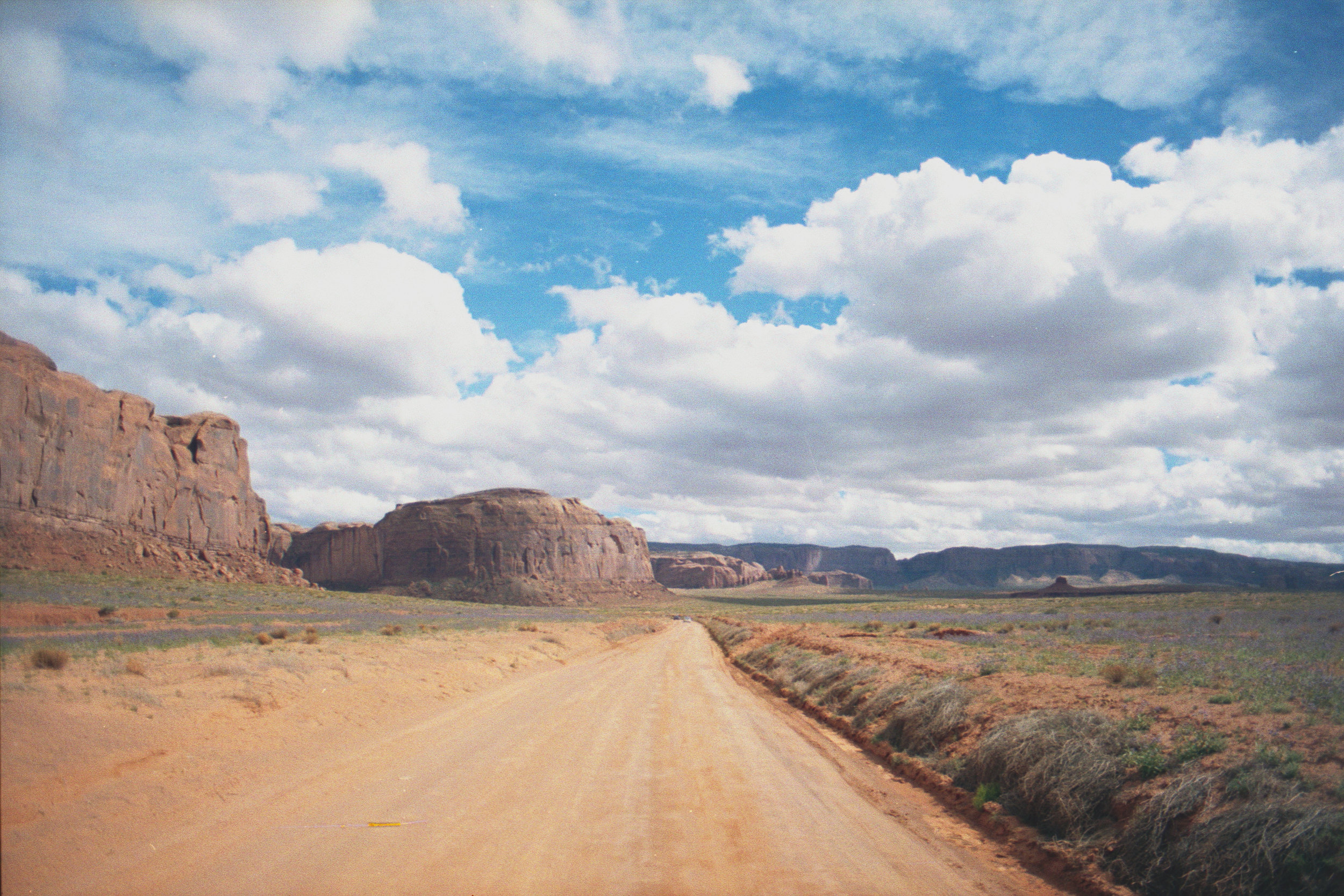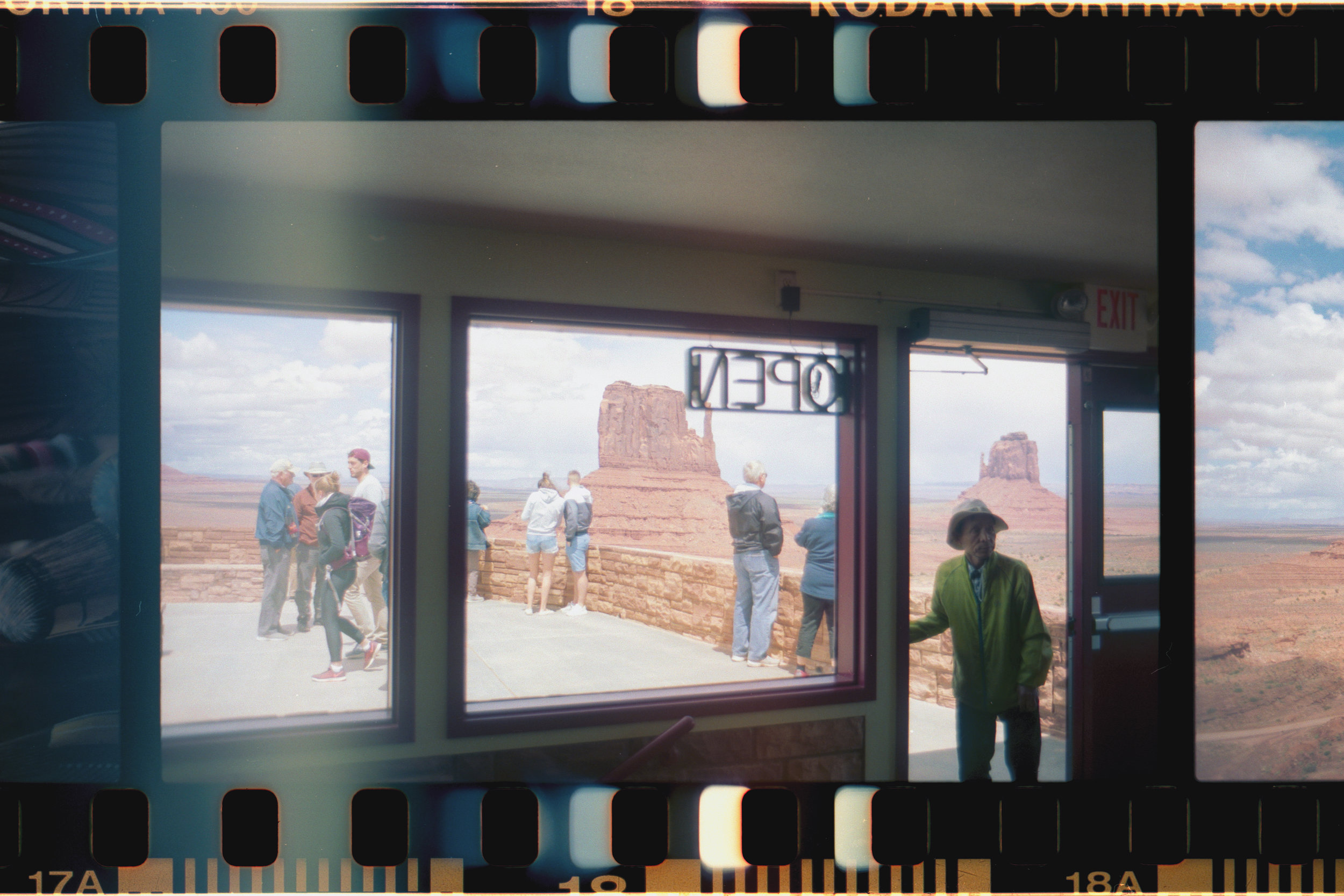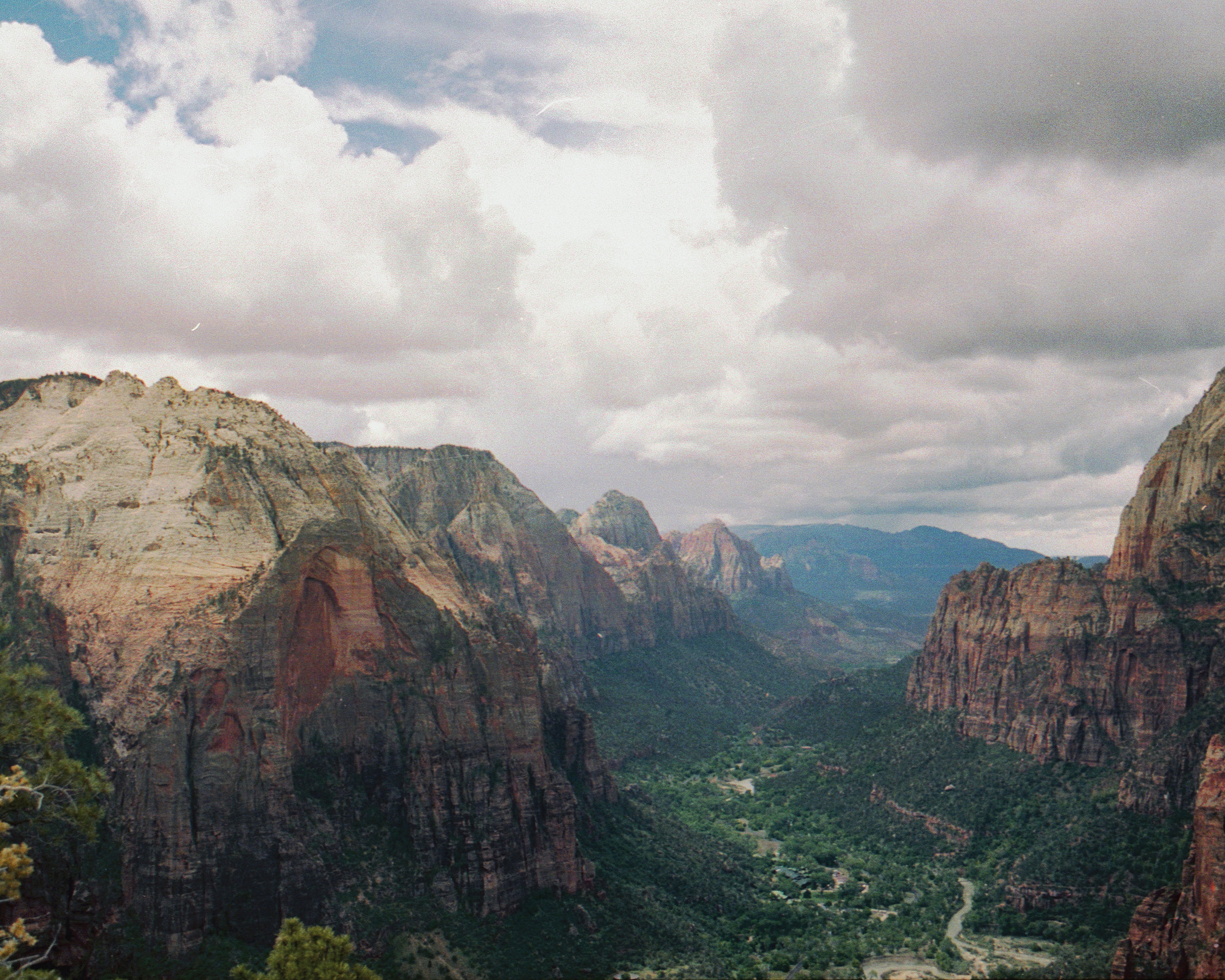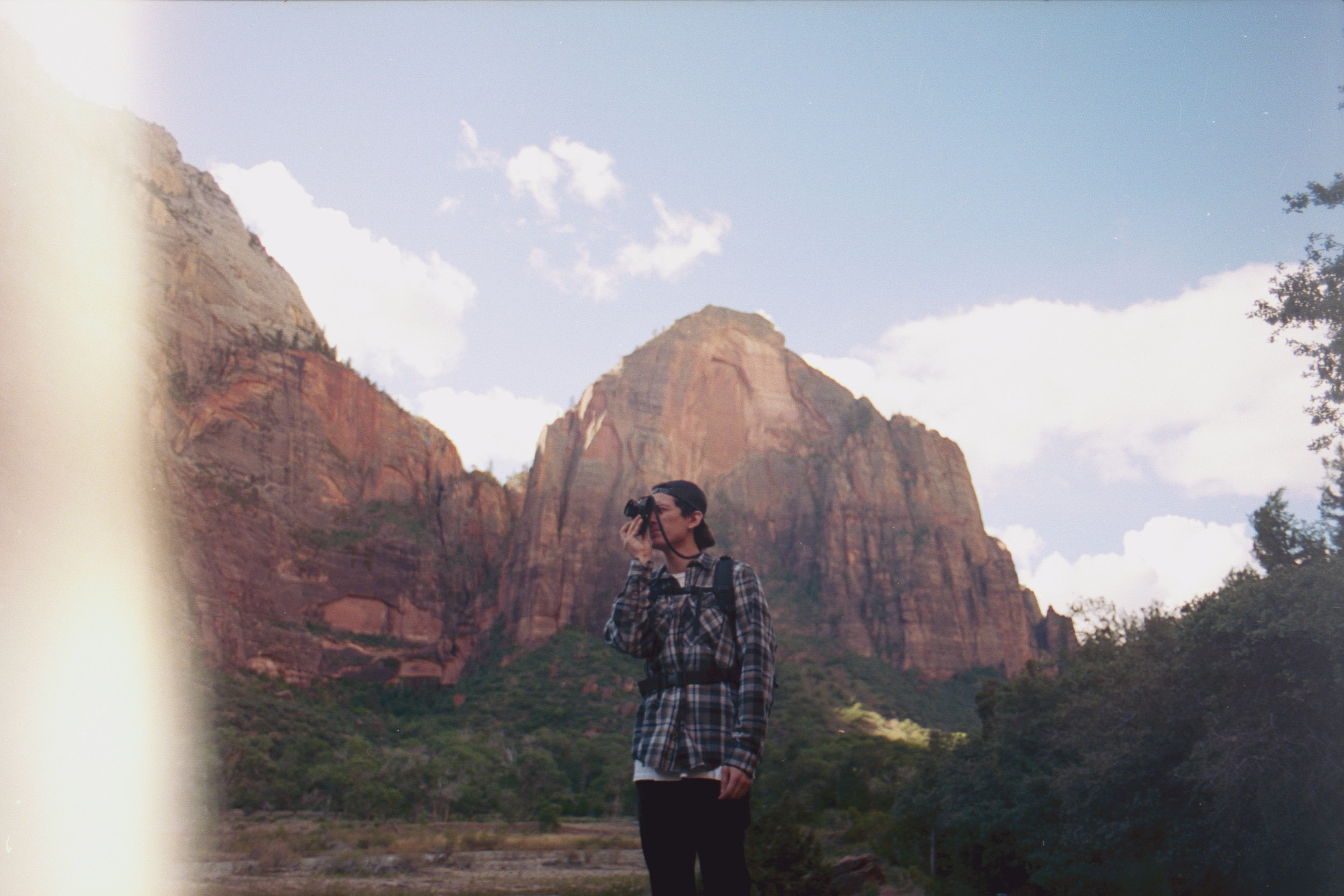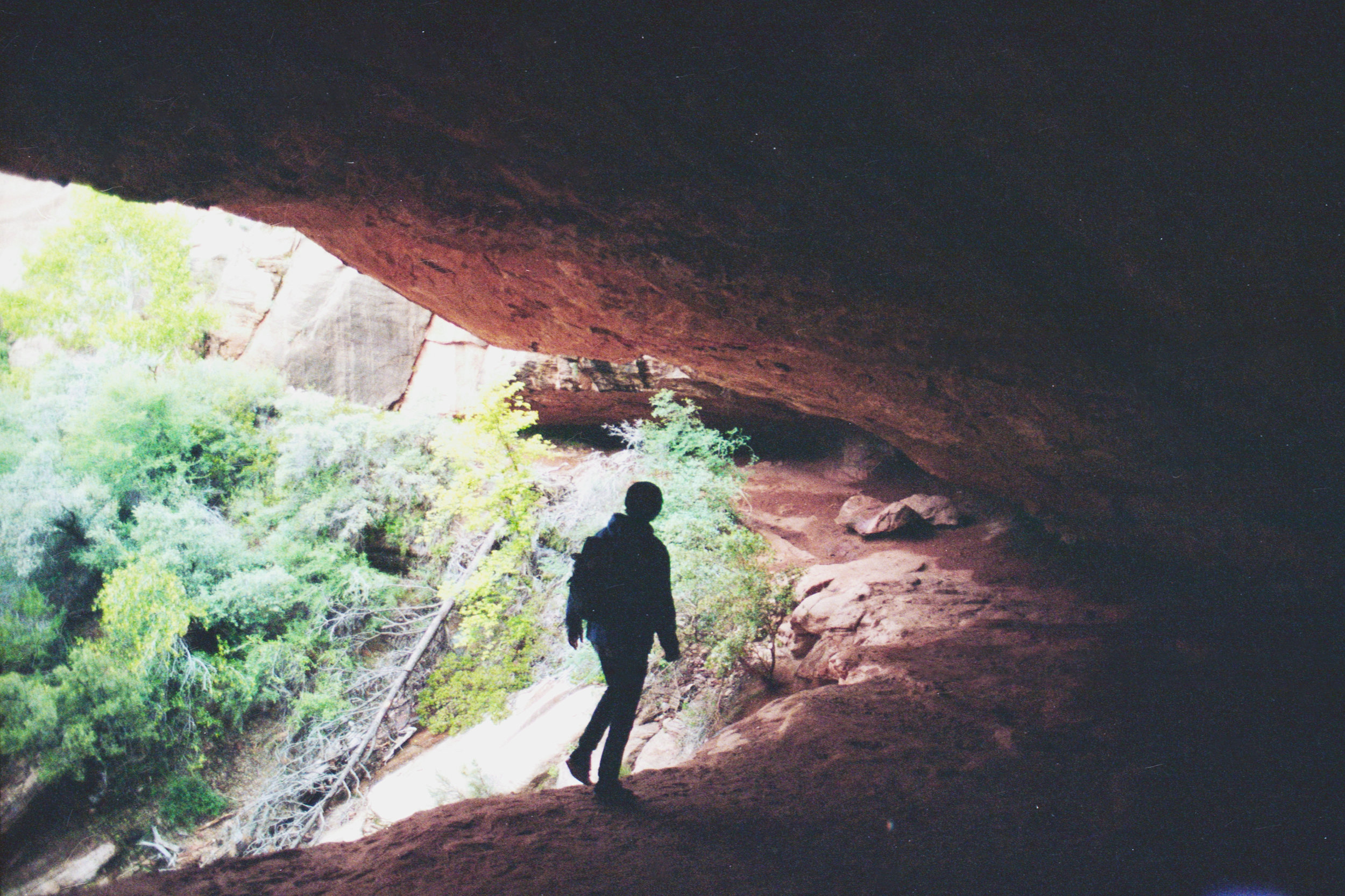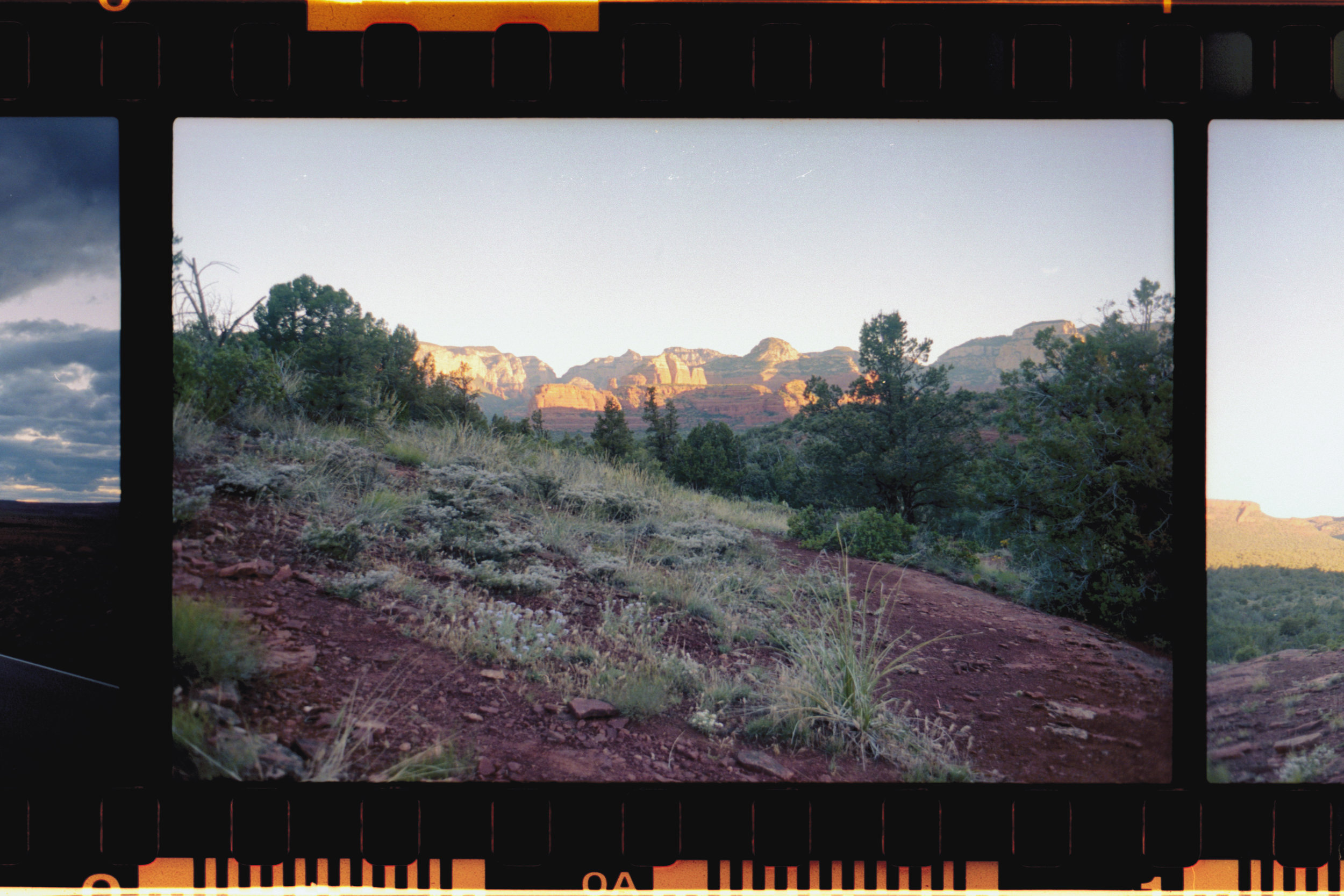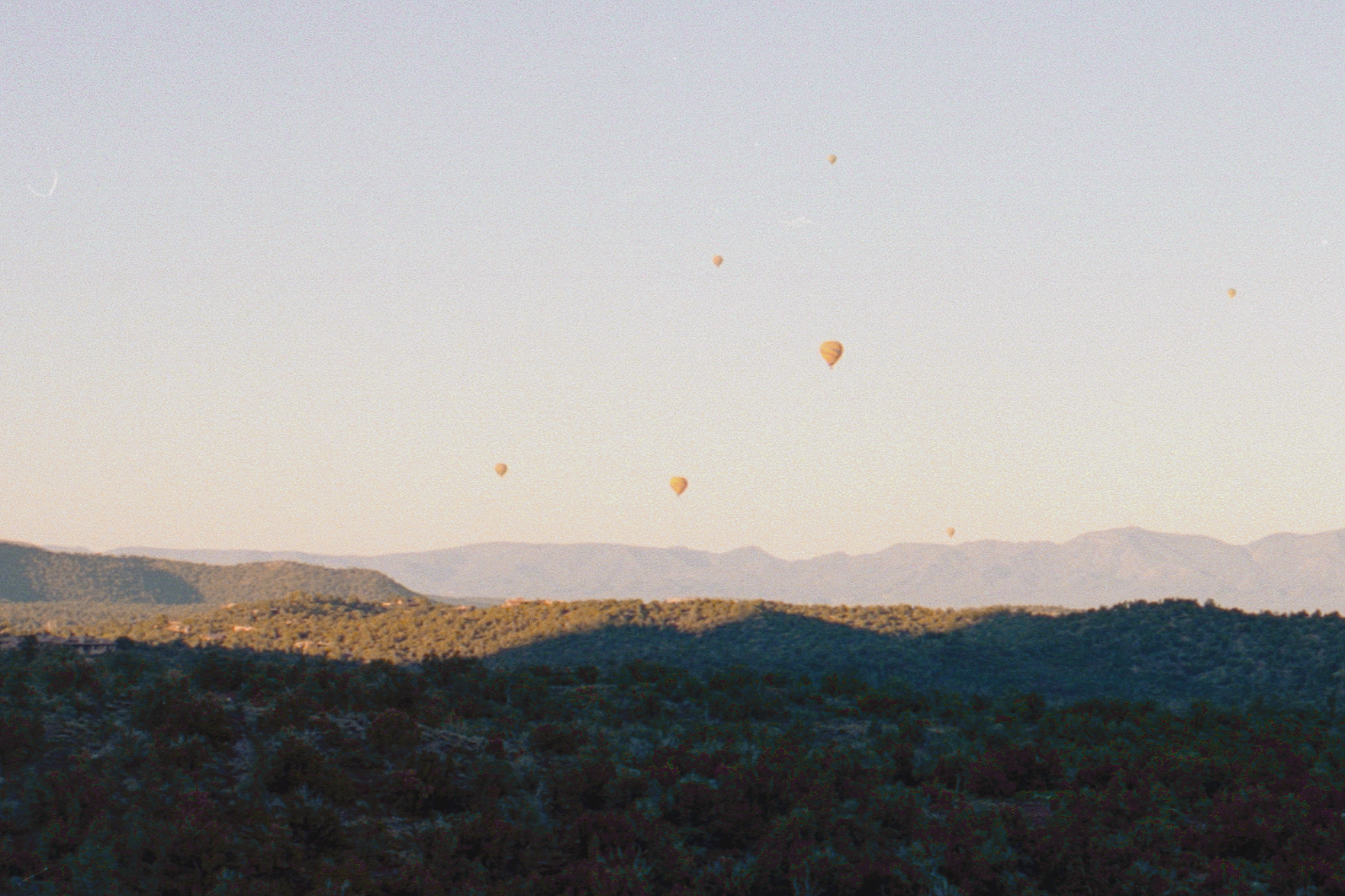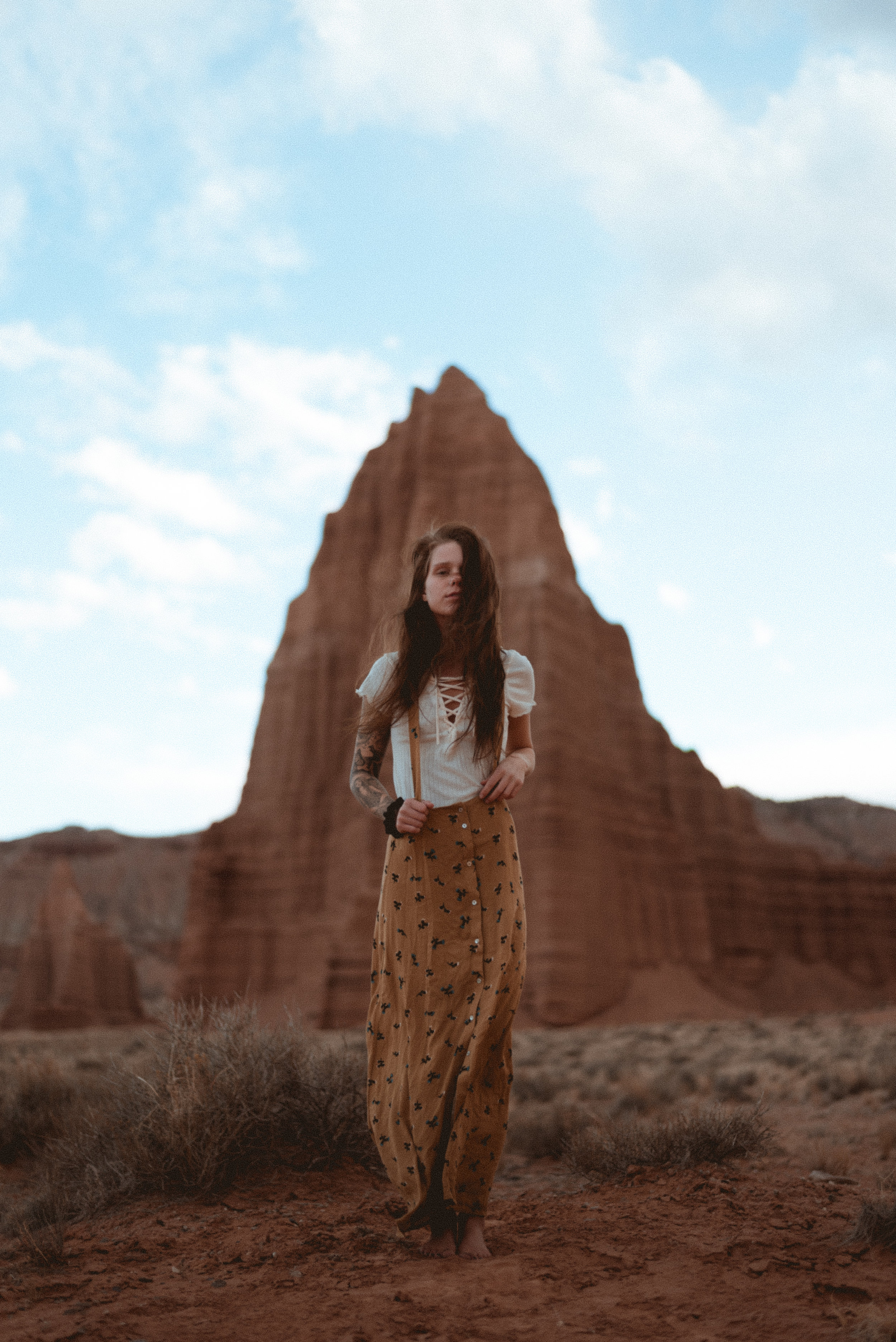okay.
simply put, here is where our problem lies.
our problem is that we search and hunt for the fastest way possible to achieve social recognition rather than how to develop our craft and reach our full potential. it's not our fault... we are just simply giving in to what these various social media platforms have influenced us to feel.
most of you likely came to this blog post to read about upping your social media following... unfortunately that is not what i am writing about today.
social media is not what makes a photographer or an artist. we need to STOP shooting for what is going to do "well" on social media and start shooting what we think looks best. individualism and unique points of view is what makes you YOU and is what differentiates you from the next artist. people do not want to hire you because you shoot like the rest of them; people want to hire you because of YOUR talents.
i know from first-hand experience that it gets very discouraging when you feel as though your work is not getting the recognition it deserves. the first thing we like to do is shout "ITS THE ALGORITHM" "HOW AM I SUPPOSED TO BE INSPIRED WHEN NOBODY SEES MY WORK" "WHY DOES INSTAGRAM HATE PHOTOGRAPHERS". the algorithm isnt shit but a bump in the long road of becoming an artist. when you think about it, instagram won't be a dominant platform in the near future. just like how we transitioned from myspace to facebook, and from facebook to instagram/twitter, something else will come along and sweep up the vast majority of sick and tired instagram users. take this time NOW (not tomorrow, not next week, not next month, NOW) to get inspired and create your best work.
if you find yourself getting discouraged from instagram, work on your website. start creating a collection of your favorite photographs and get them printed. grab a journal and start brainstorming your next shoots. begin planning your next trip. focus on going out and shooting for yourself rather than shooting for social media. take some horizontally composed photographs for your website instead of vertically composed photographs to please your IG followers.
i am getting so frustrated at the many talented people out there that let this algorithm BS get to them (INCLUDING MYSELF). it is time we leave all this in the past and move forward with our work.
stay inspired my friends.
- tnellly
Help support me and my content by purchasing a print from my shop HERE
Follow me on my Instagram to keep up with my newest work HERE

